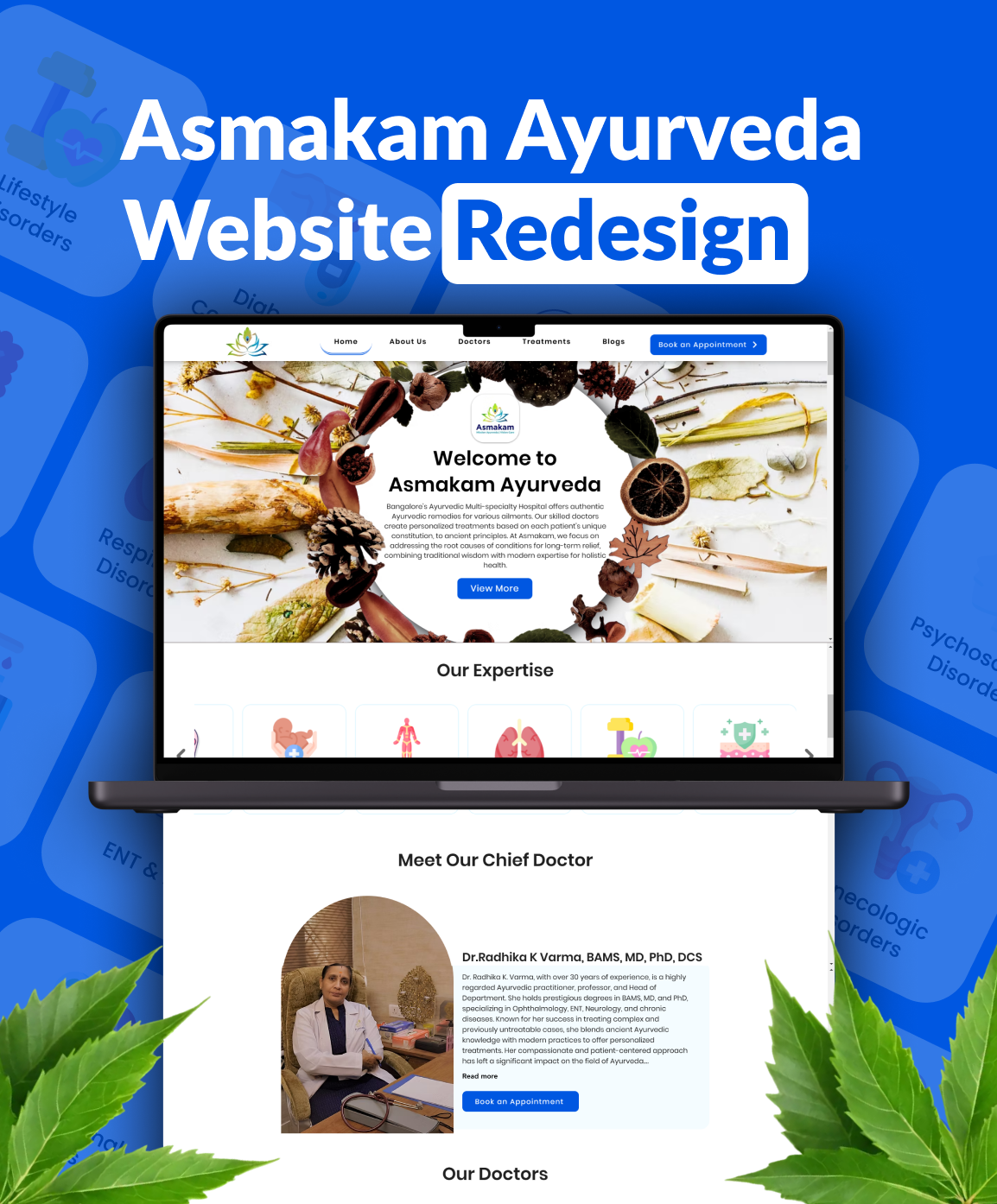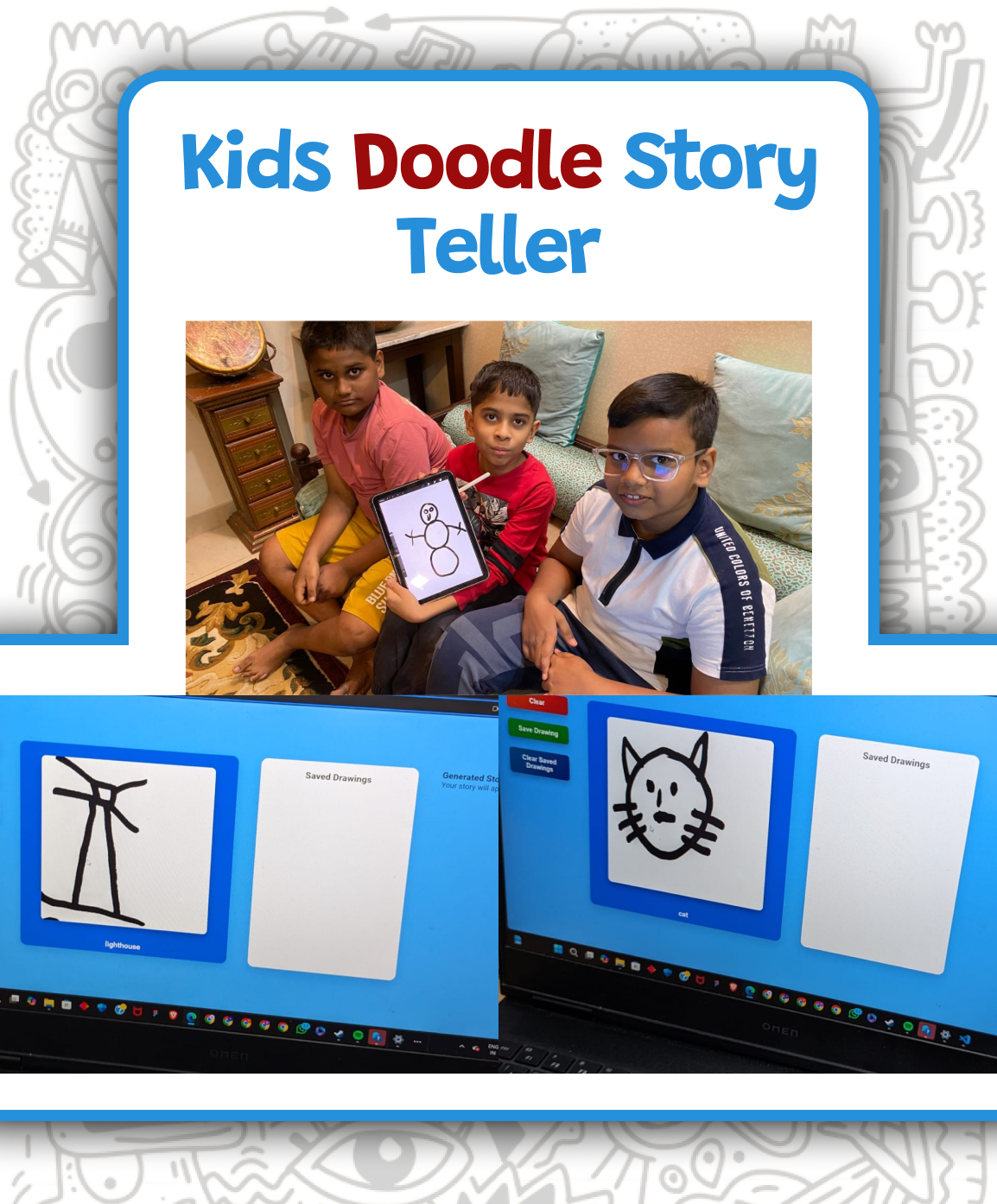A Spoiler Just for you 🤫
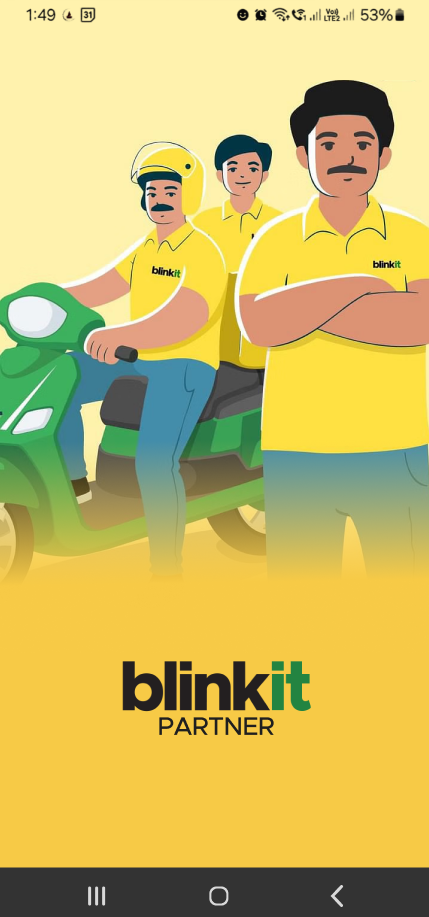
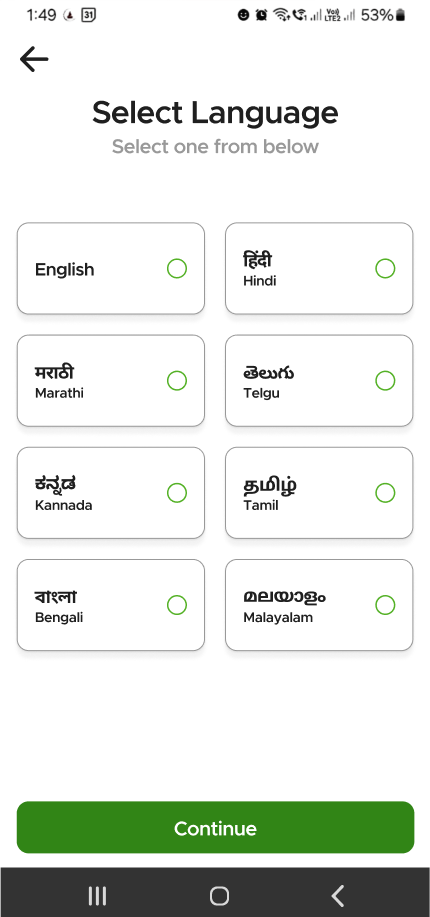

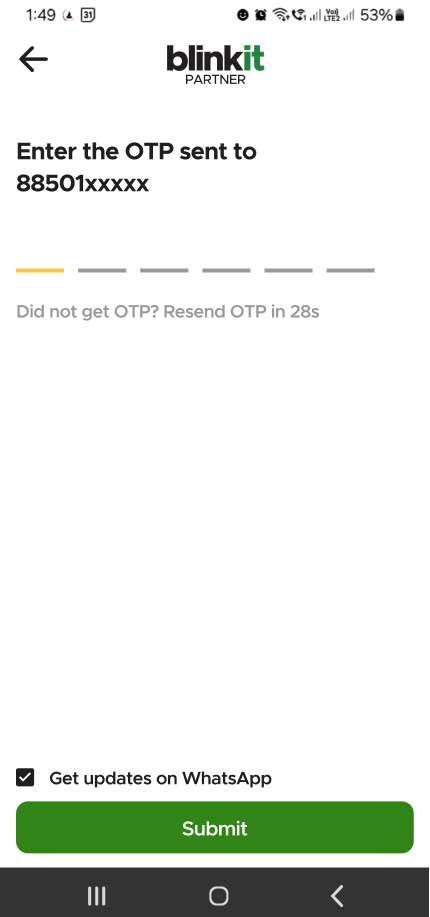
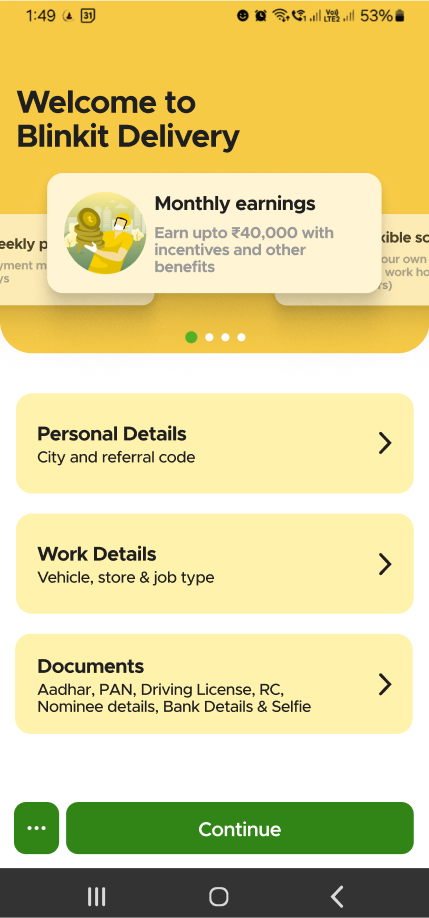
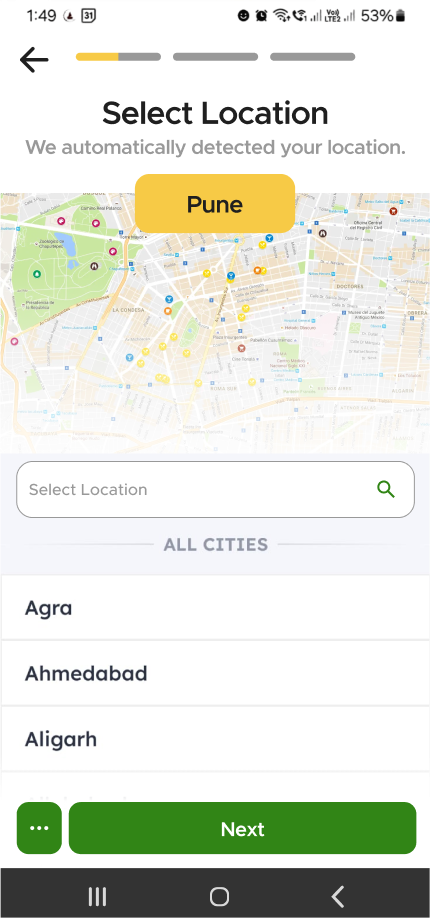
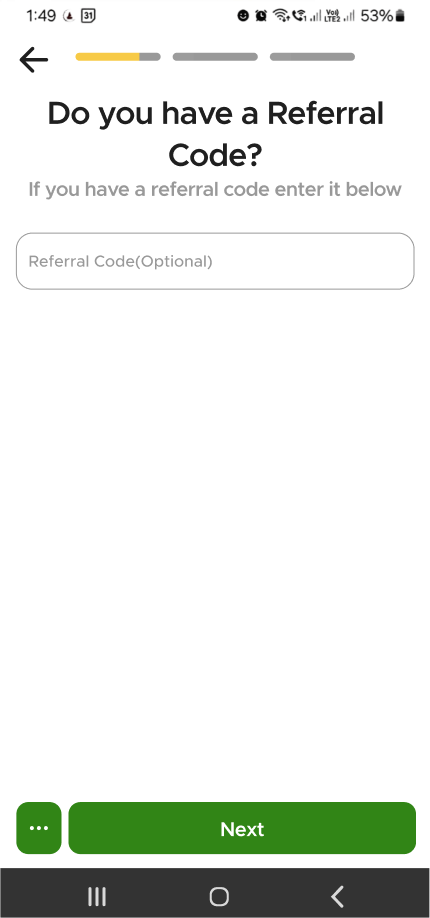
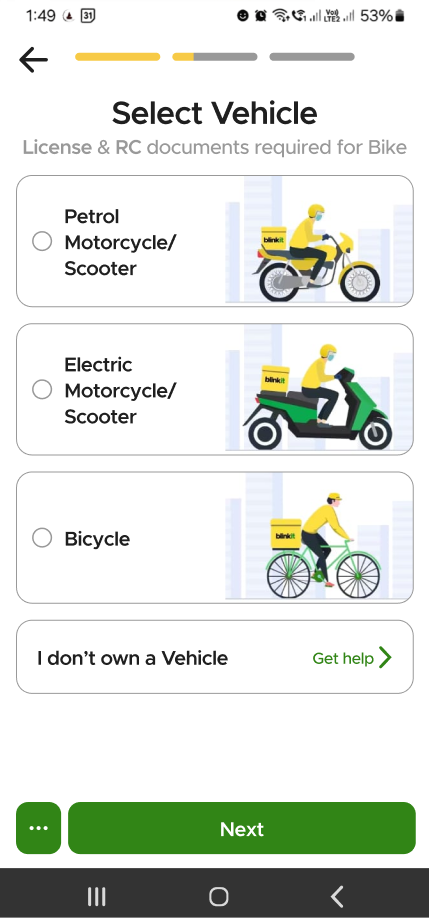
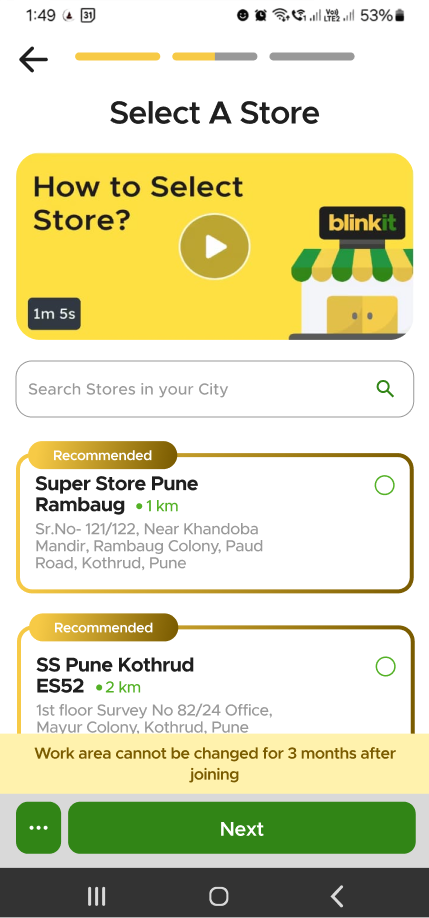
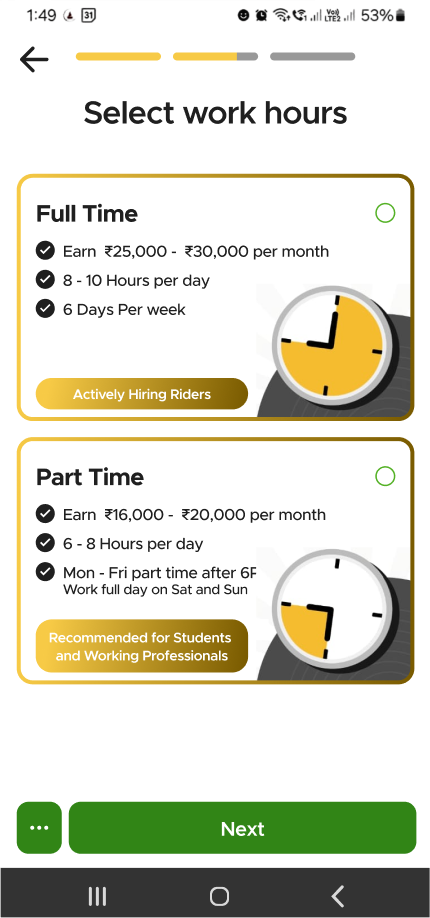
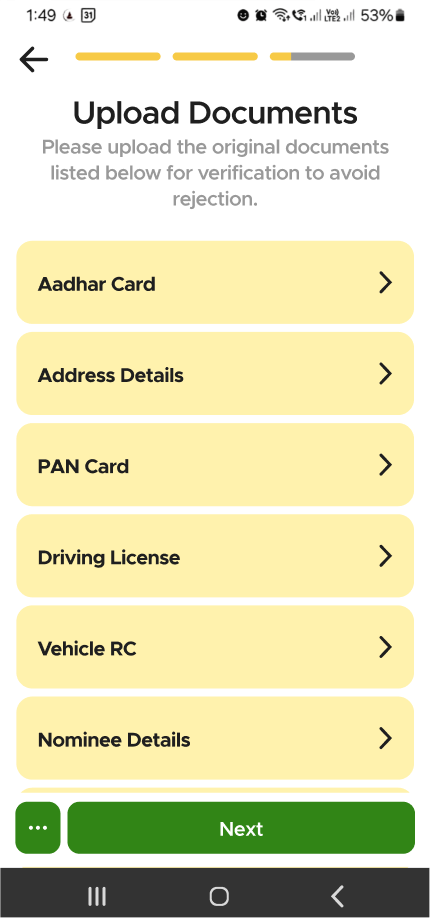
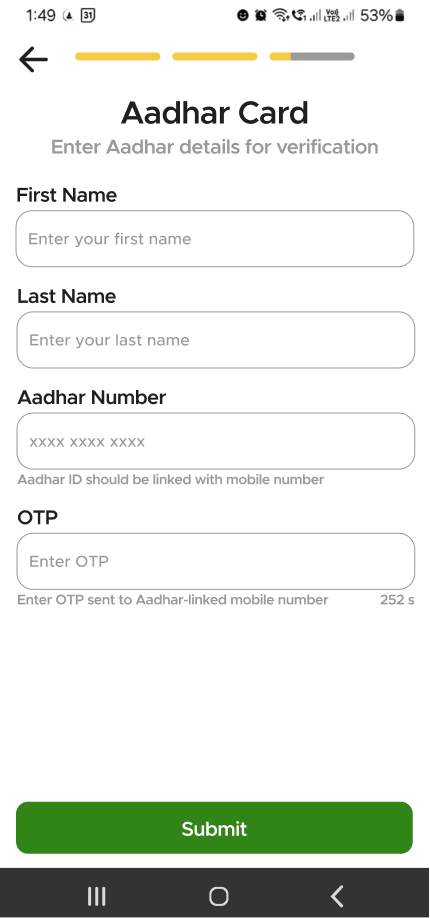
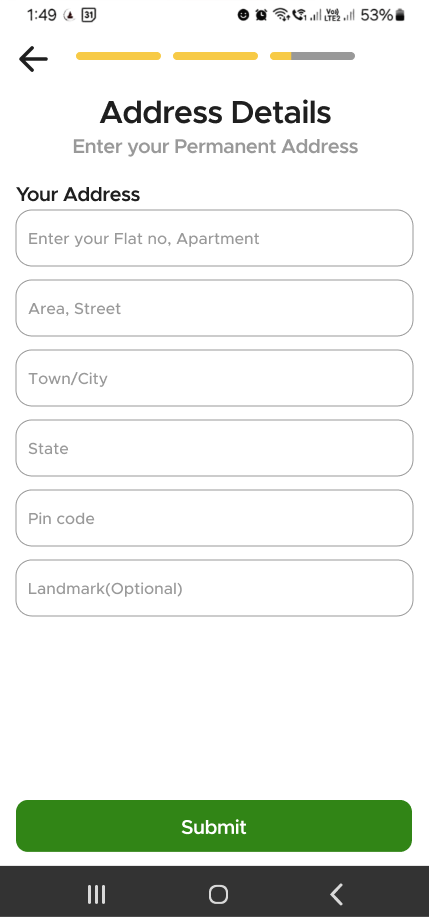

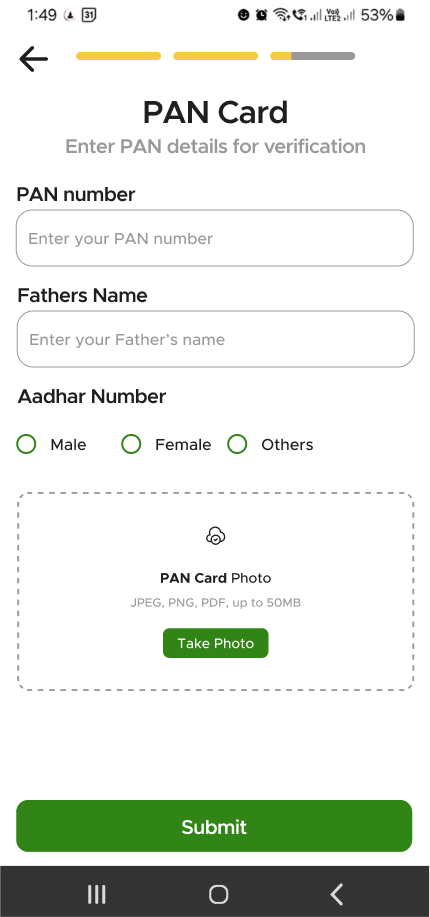
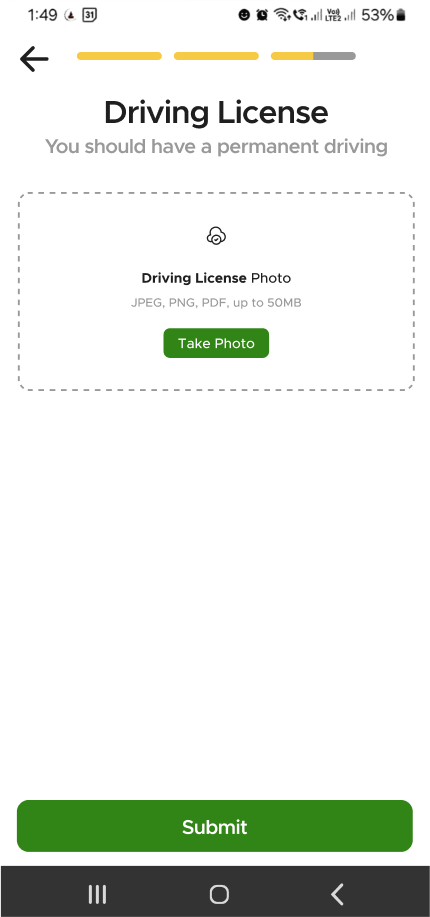
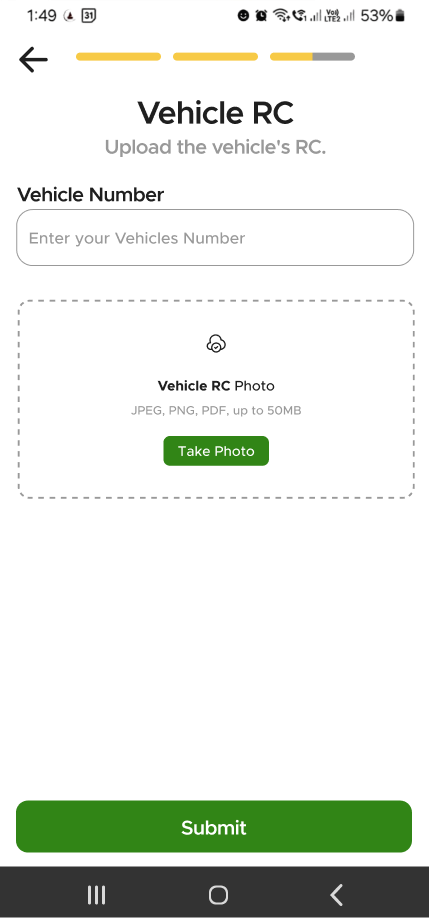
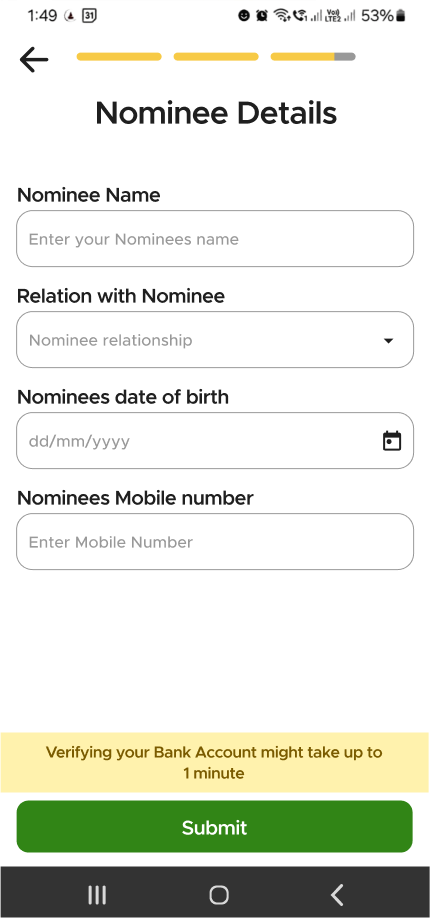
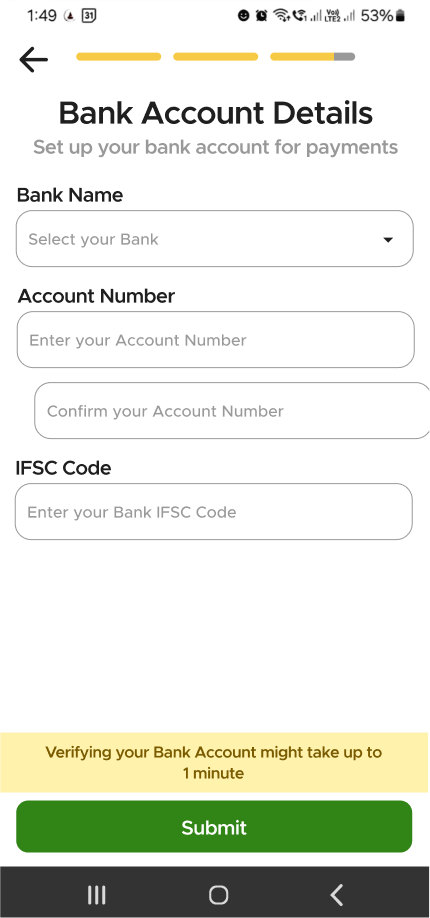
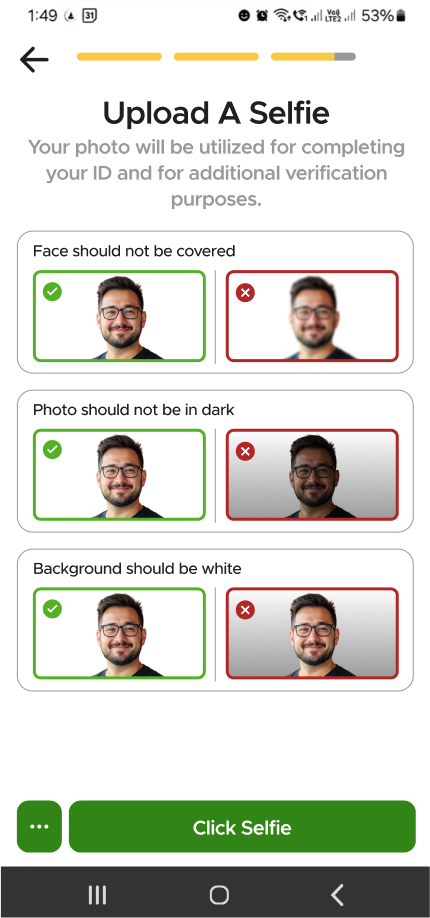
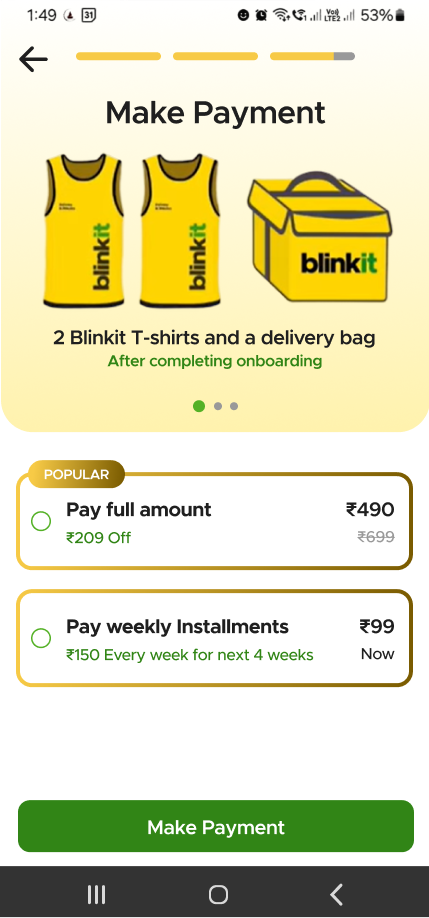
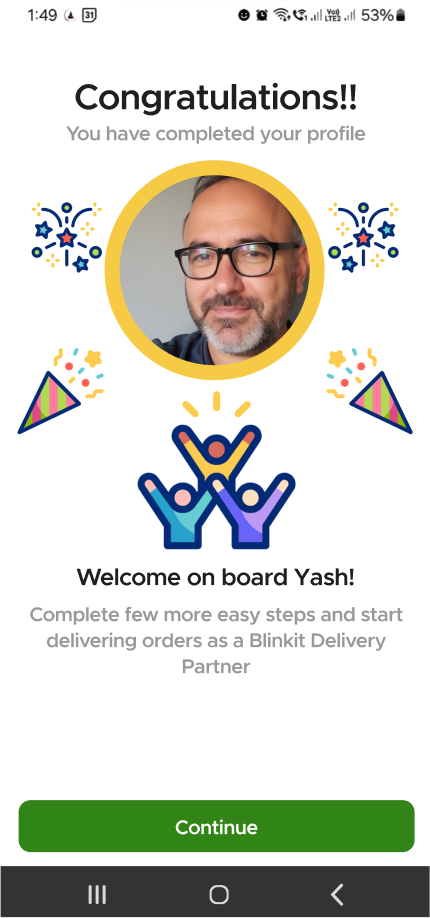
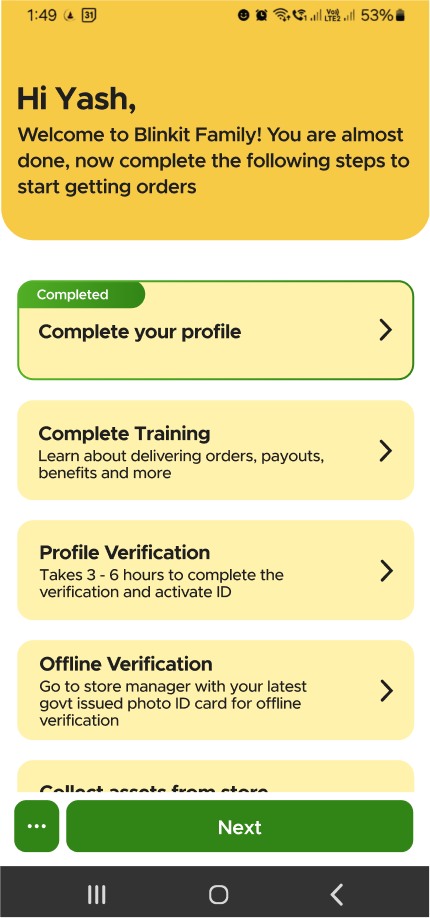
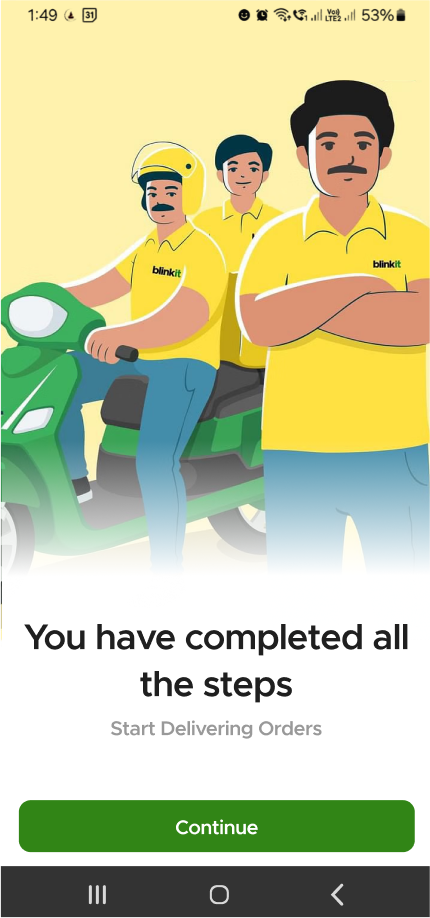

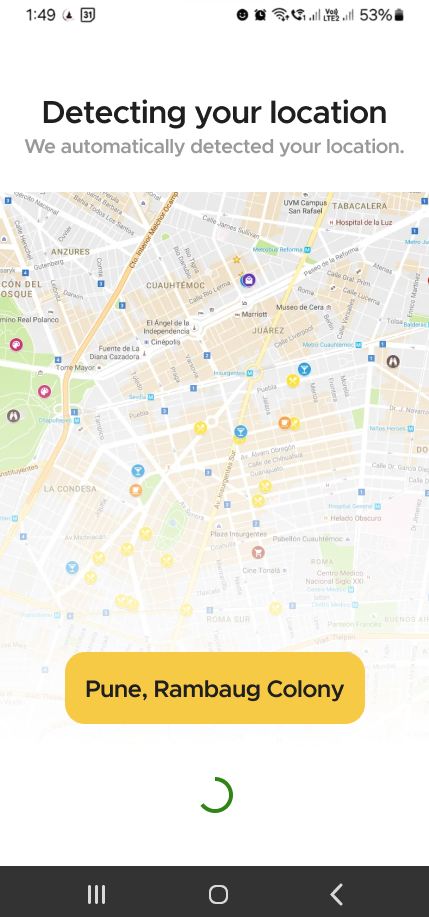
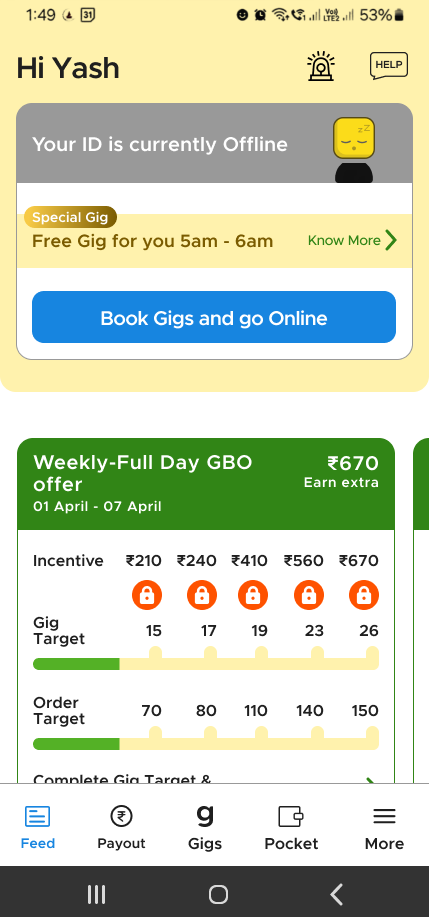
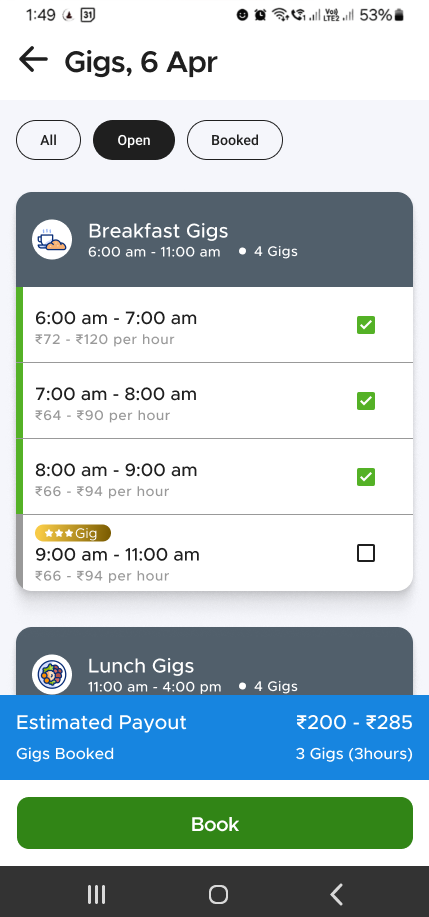
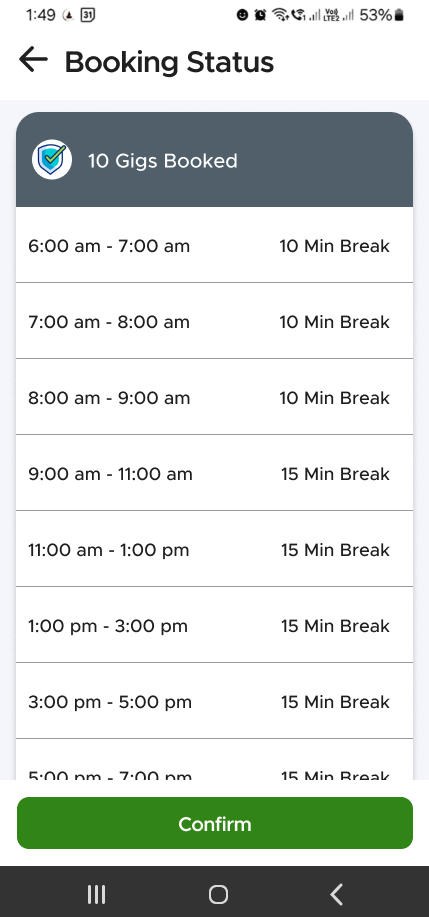
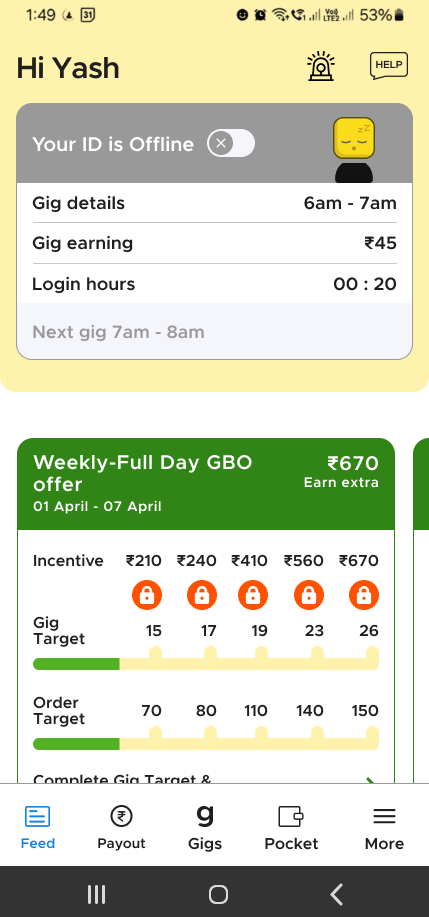
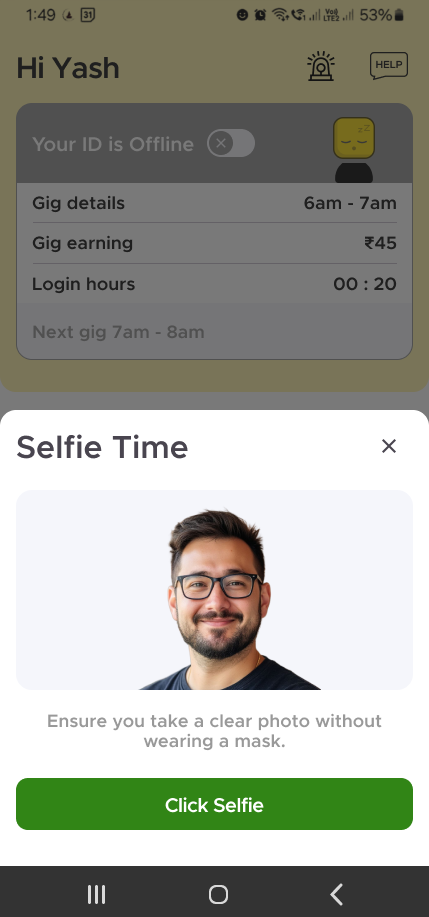
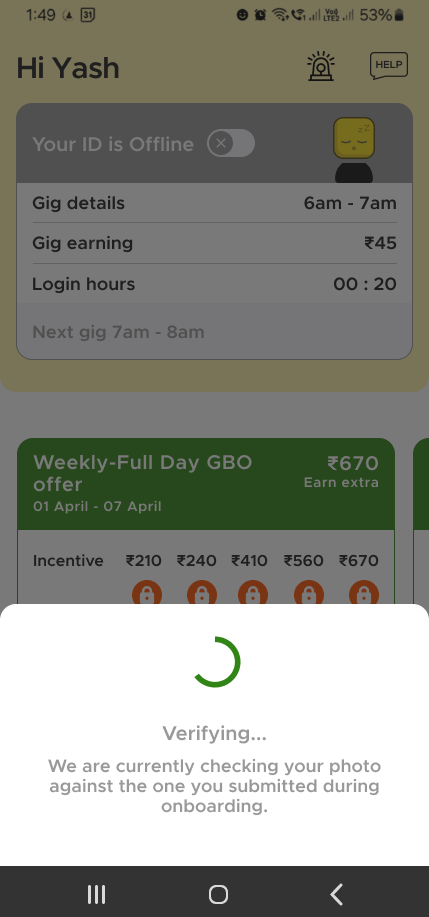
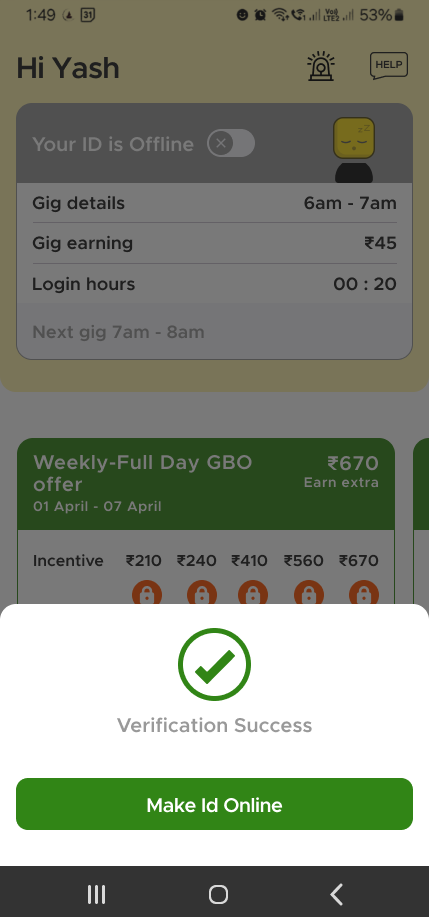
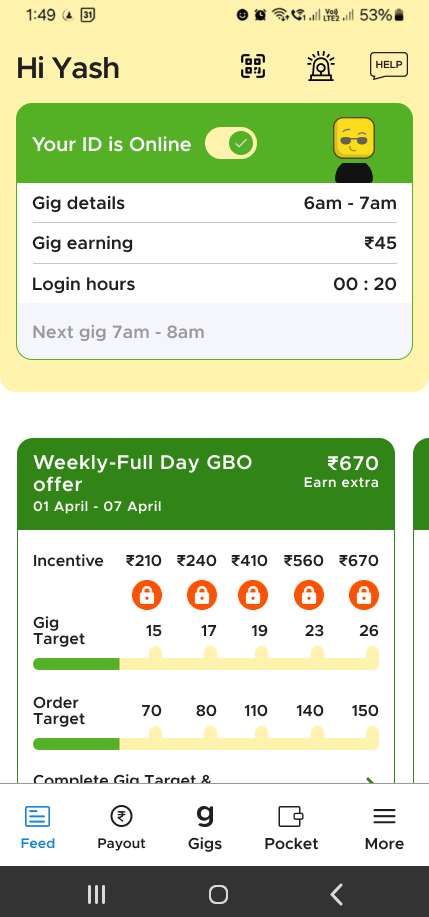
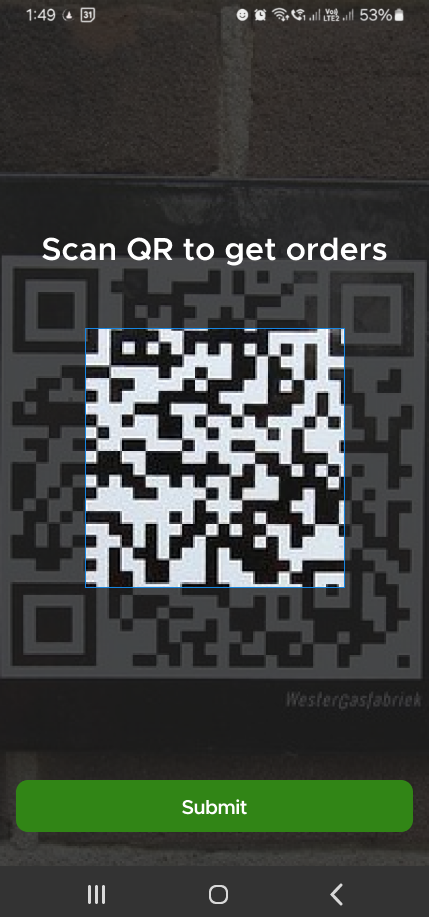
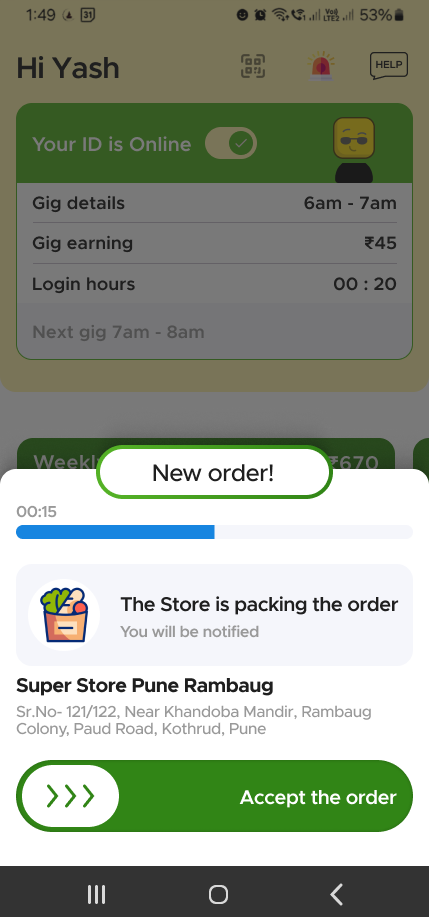
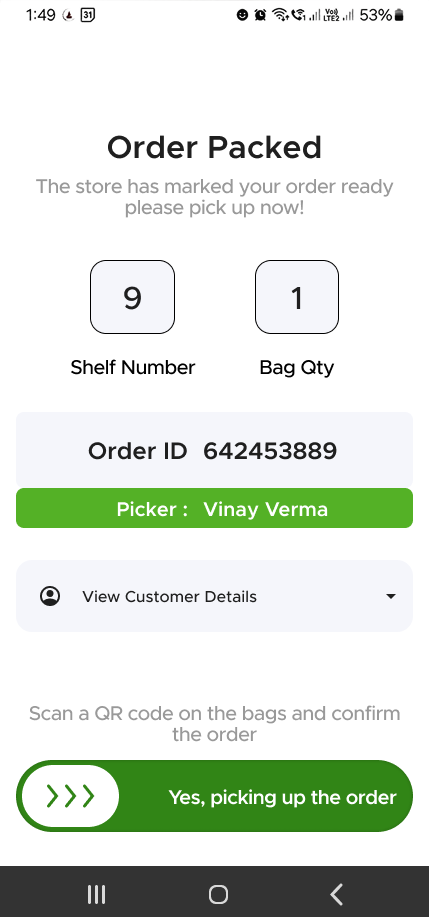
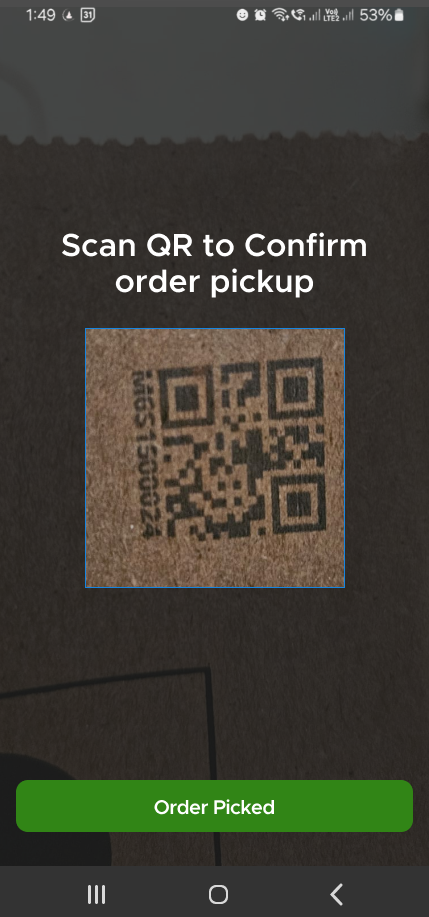
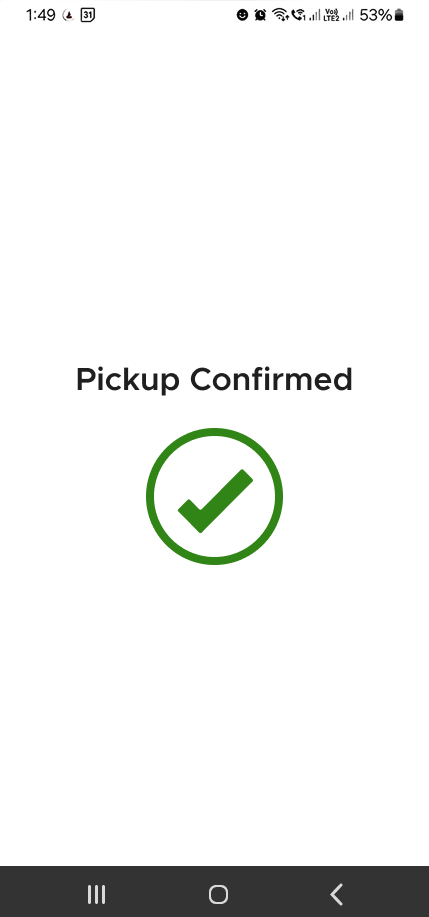
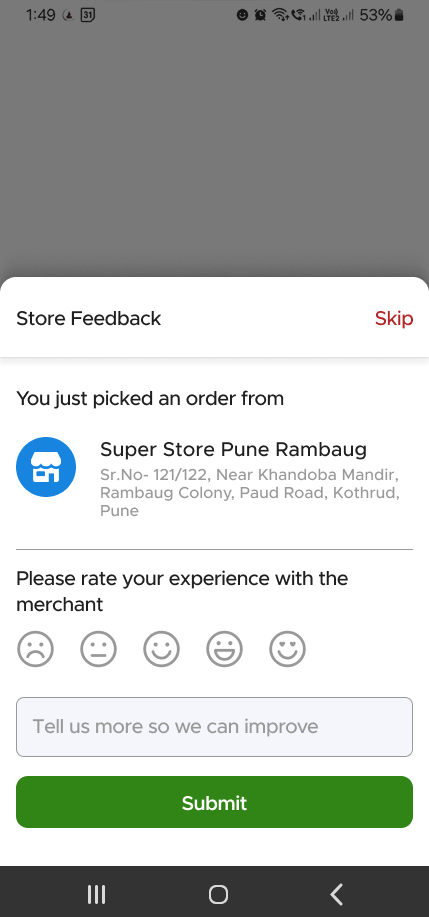
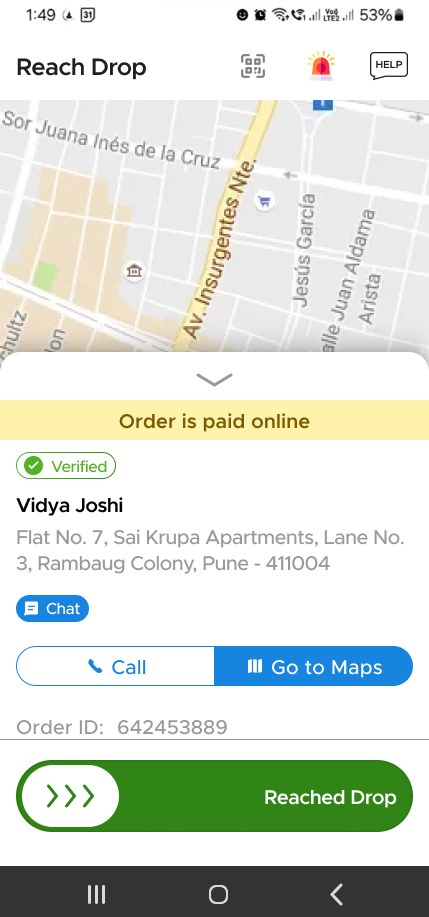
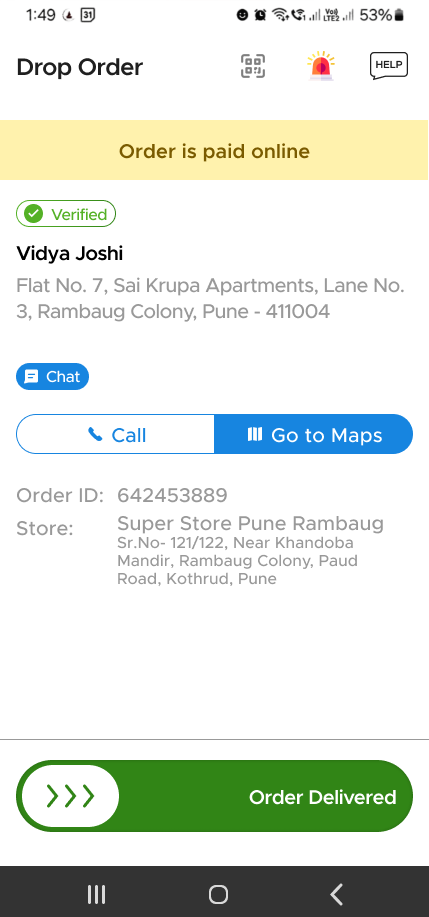
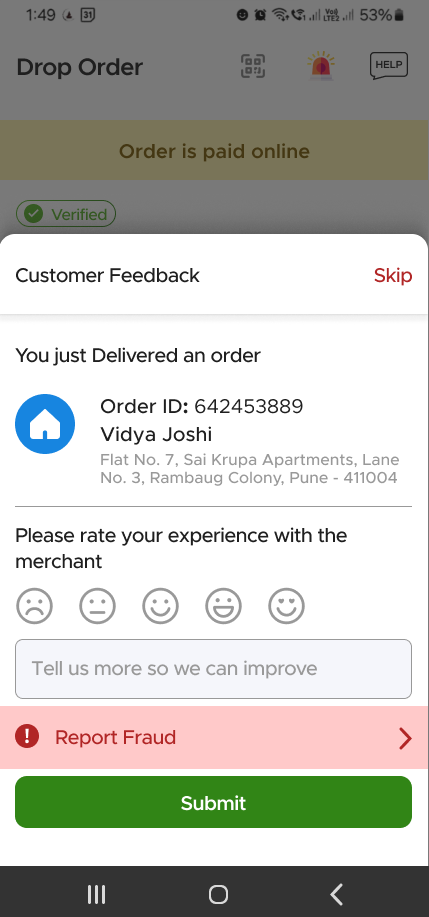
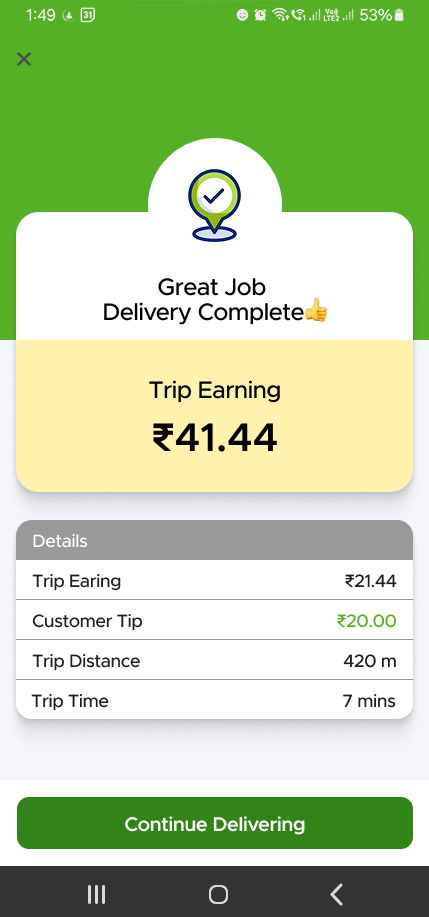
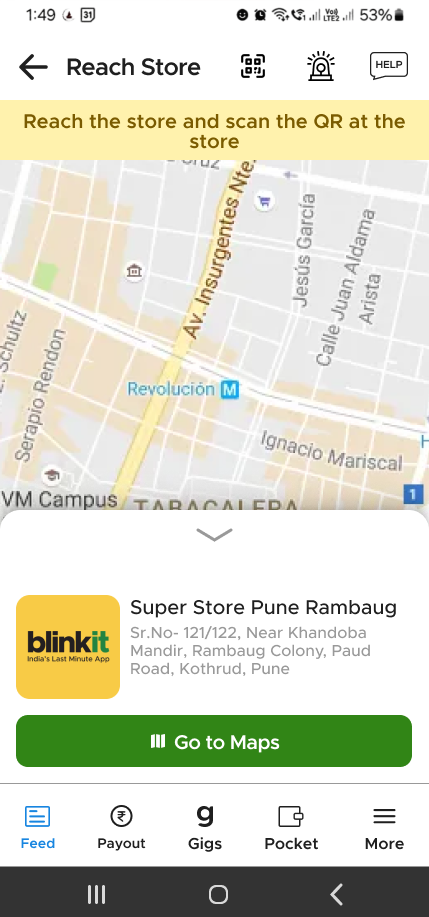













































Introduction
The rapid growth of ultra-fast delivery services like Blinkit, Zepto, and Swiggy Instamart has transformed the grocery retail industry, establishing new standards for speed and convenience. These platforms have reshaped how urban, tech-savvy consumers access daily essentials, catering to their demand for instant gratification. However, delivering on the promise of "10-minute deliveries" brings the significant challenge of designing systems that are not only fast but also sustainable, efficient, and cost-effective.
For Blinkit, developing an advanced and efficient delivery system is more than just a necessity—it is a key competitive advantage. Such a system allows the company to uphold its brand promise while improving customer satisfaction and operational profitability. This project explores the core principles and strategies for designing a system that meets the unique demands of India's dynamic quick commerce landscape.
About Blinkit

Founded in December 2013 by Albinder Dhindsa and Saurabh Kumar, Blinkit (formerly known as Grofers) is a leading quick-commerce platform in India. Initially launched as an online grocery delivery service, the company later expanded its offerings to include a wide range of products such as daily essentials, fruits and vegetables, and packaged foods.
In 2021, Grofers rebranded to Blinkit and shifted its focus to 10-minute grocery deliveries, driven by the rising demand for fast and convenient delivery services in India. Since then, Blinkit has established itself as one of the most popular quick-commerce platforms in the country, with a strong foothold in major cities.
Blinkit's success is underpinned by its robust technology platform, diverse product range, and efficient delivery network. The company has also excelled in customer retention through loyalty programs and promotional offers.
Currently owned by Zomato, a leading food delivery platform in India, Blinkit was acquired in 2022 for $450 million. This acquisition enabled Zomato to expand its footprint in the quick-commerce sector and diversify its revenue streams.
Analyzing the existing Delivery System
I am currently in the Discover phase of the Design Process, focusing on gaining a comprehensive understanding of our delivery partners' operations. This involves examining each step, from order selection to final delivery, to identify key insights.
Throughout this exploration, I have documented several observations, highlighting both the strengths and weaknesses of the current processes. It is essential that we address both aspects to ensure continuous improvement.

Once this phase is complete, I will compare my findings with actual customer reviews, as well as the schedules and posts of delivery riders across various platforms. This comparison will help determine if others are encountering similar challenges and whether they are also benefiting from any operational advantages.
Analyis of the Rider on-boarding process
To justify this study, I downloaded the Blinkit Partners app and attempted the initial login process. Based on the app's UI design, I formulated several review points regarding the design's content description, justification, and adherence to UX principles. Following the UI validation, we will analyze the user journey for individuals completing the login and registering as Blinkit partners.
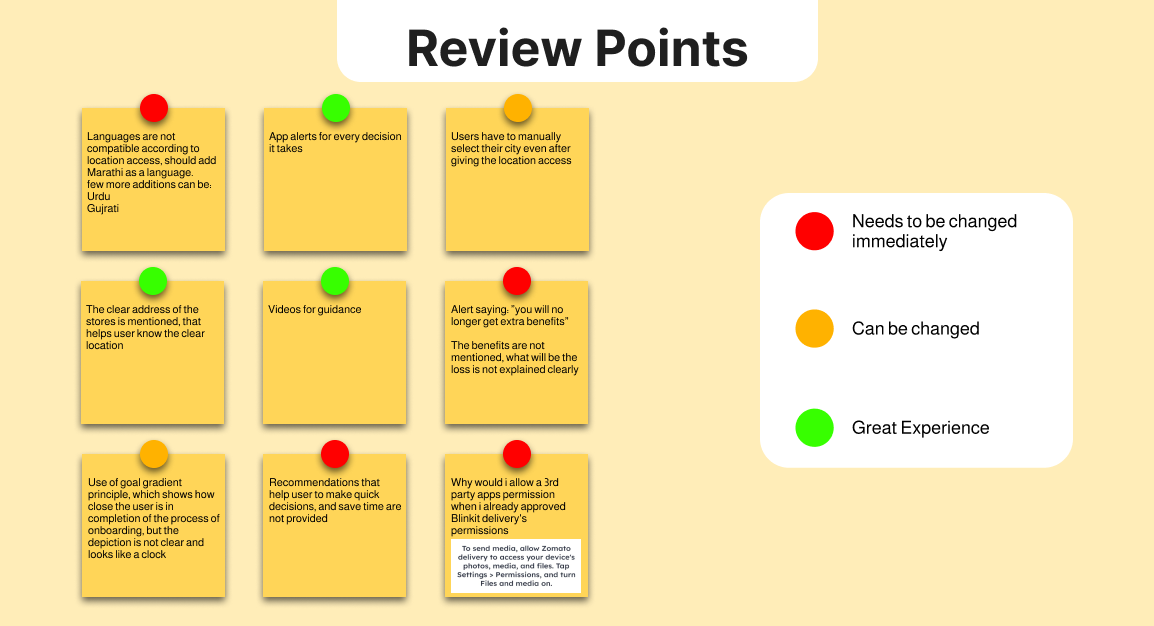
User Flow
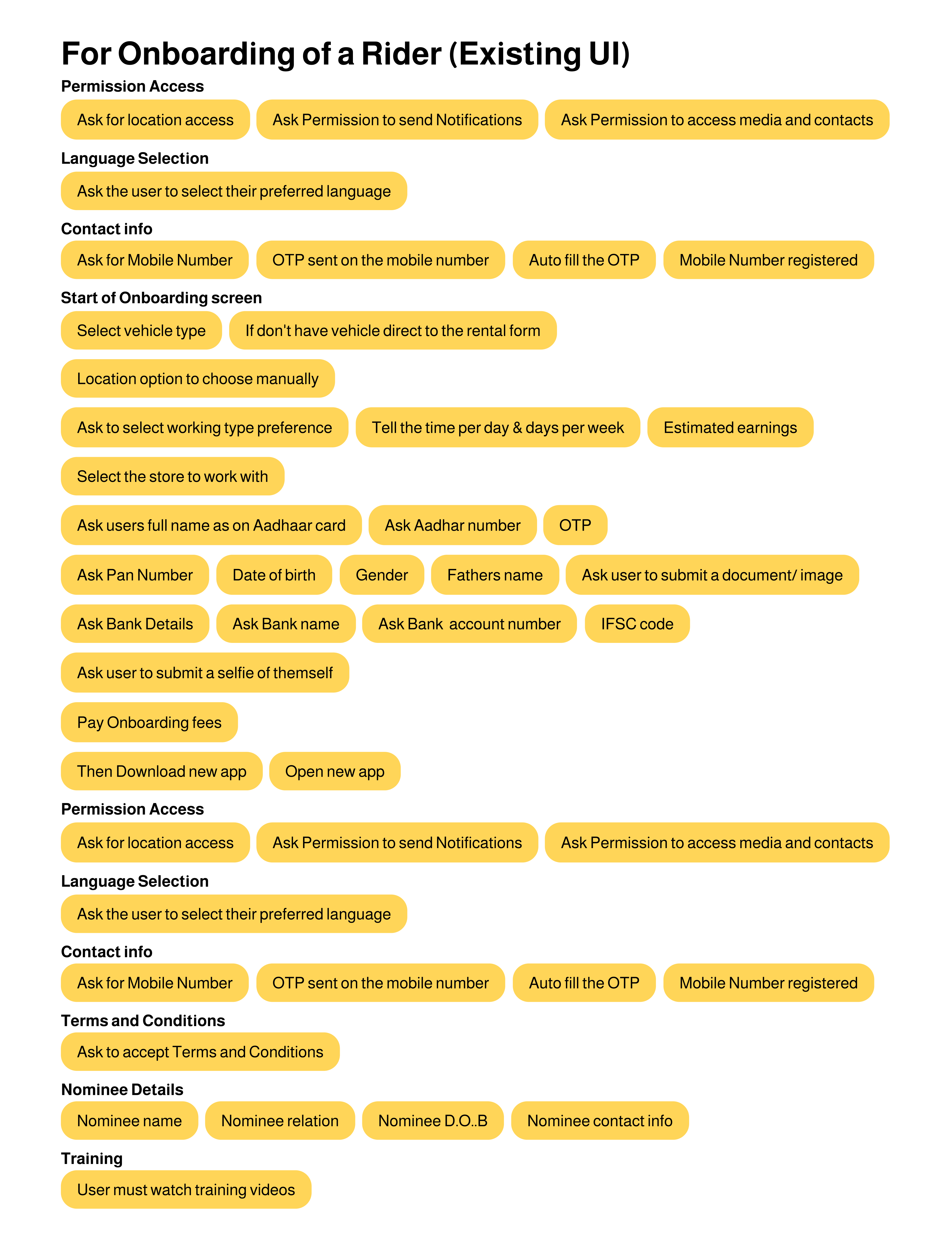
I gained a comprehensive understanding of the user flow, particularly with the Blinkit delivery app, and observed that its primary function is onboarding. Upon completing the onboarding process, users are required to download a separate app to begin receiving orders.
This process presents several challenges:
- Increased Storage Usage: Downloading an additional app consumes more storage on the device.
- Repetitive Login Process: Users are required to log in again, duplicating much of the initial effort.
- Permission Redundancy: All necessary permissions must be re-accepted, leading to potential user frustration.
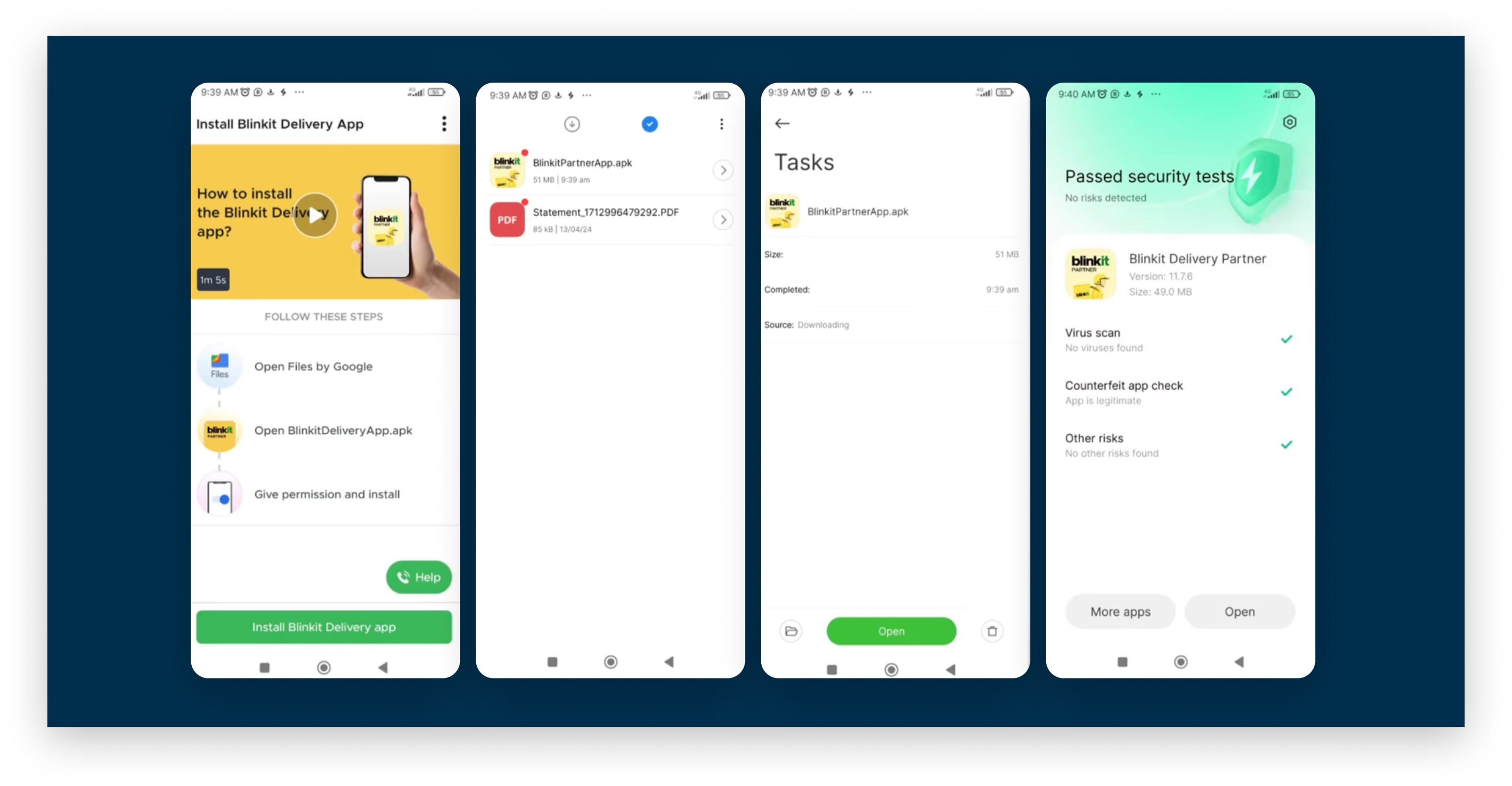
Even after downloading the second app, riders must complete multiple additional steps to finalize their profile and start delivering orders.
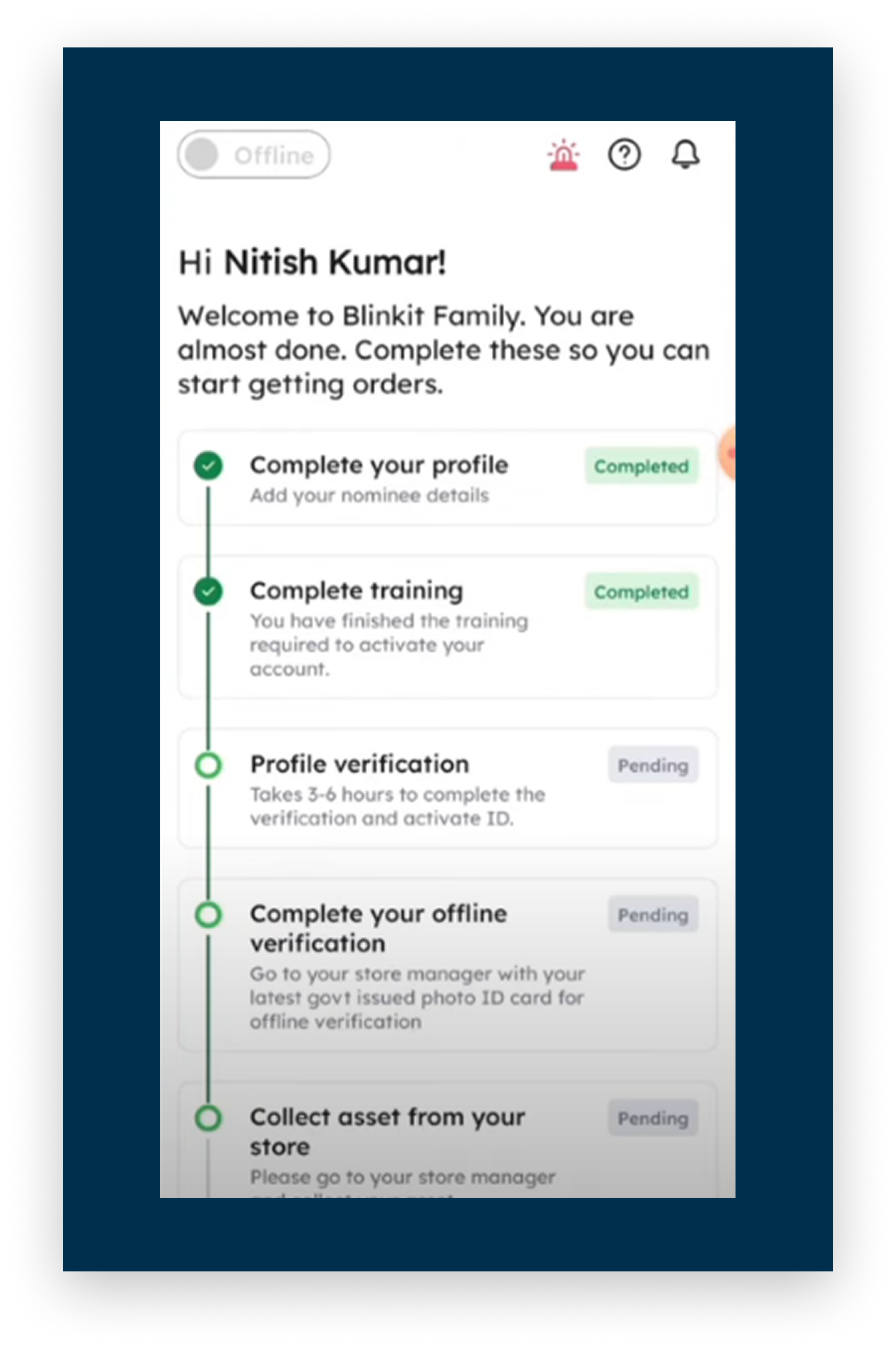
User Flow
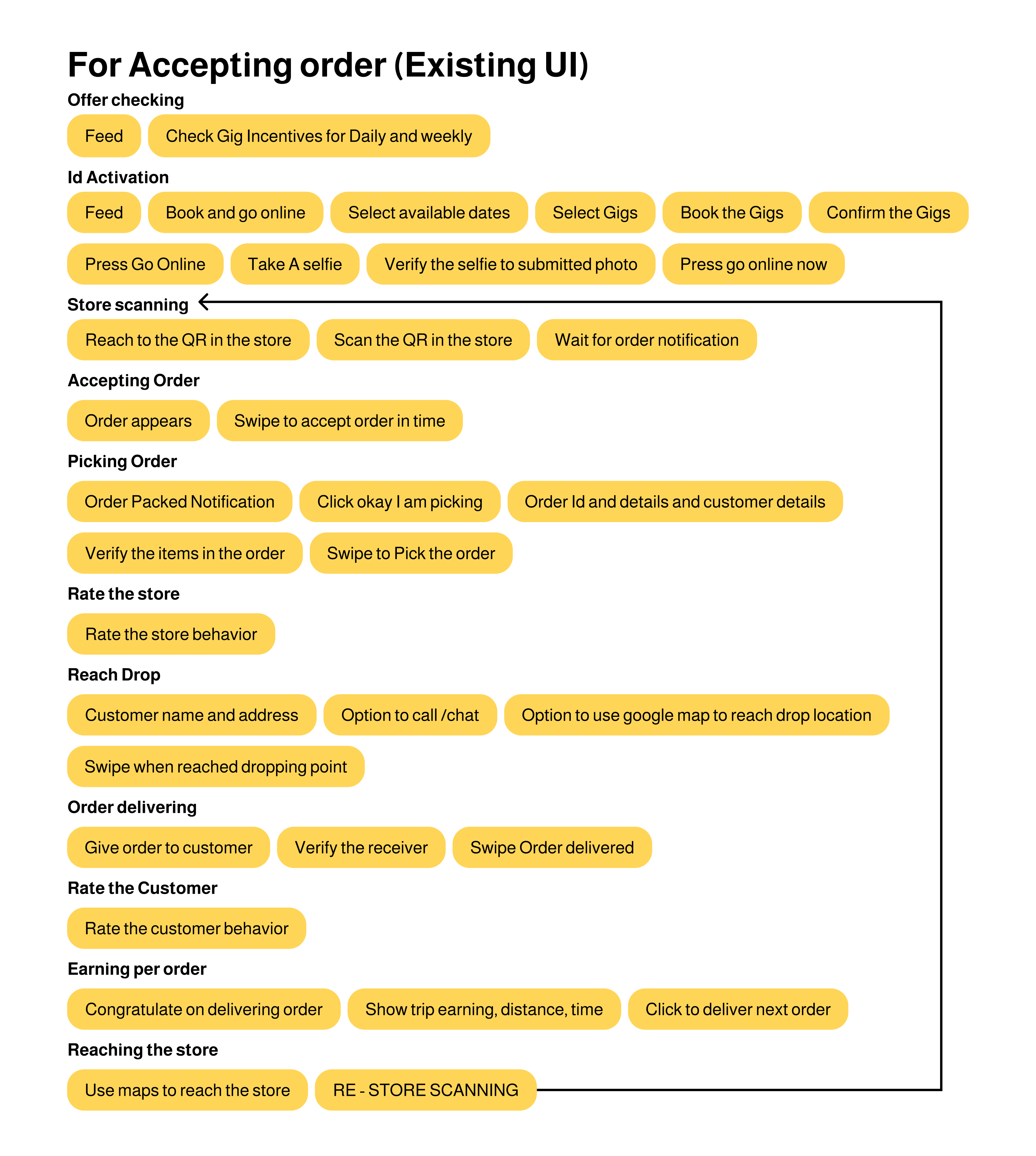
The order pickup process for riders from the dark store lacks confidentiality and efficiency, as the flow is not streamlined for quick pickups. However, the QR-based check-in system ensures that the rider is physically present at the store when the order is received. This mechanism prevents order cancellations by confirming the rider’s readiness to pick up the order, ensuring a smoother and more reliable fulfillment process.
Issues in Packaging
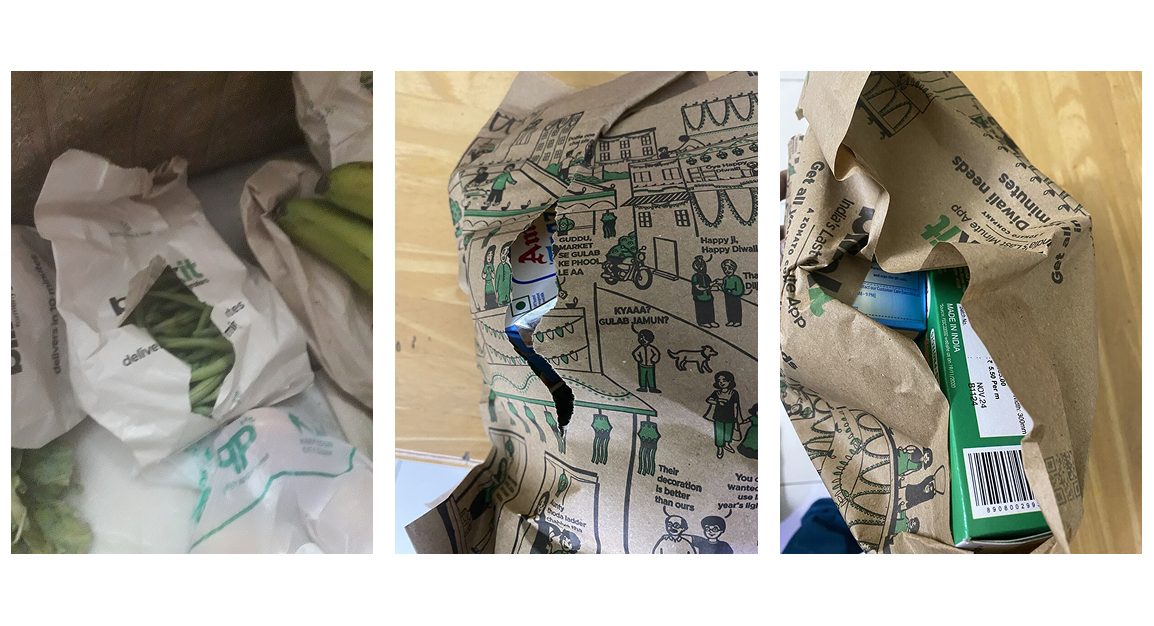
Issues in Packaging
- Privacy Concerns: Items that are personal or sensitive (e.g., condoms, pads, personal care products) should be sealed to ensure privacy, preventing delivery partners from seeing the contents.
- Moisture Damage: Items stored in cool conditions (e.g., ice creams, vegetables, cold sauces) accumulate moisture, leading to the tearing of paper bags and creating challenges in transporting the items.
- Cost and Aesthetics of Bio Bags: Bio bags are more expensive than paper bags. Additionally, their transparency lacks creativity and emotional connection with the customer experience.
- Bag Handling and Durability: Riders often stuff paper bags into their personal bags, causing the bags to tear and making it difficult to carry the items effectively.
- Inadequate for Heavy or Bulky Items: Paper bags are only suitable for small, lightweight items (e.g., groceries, lightweight electronics). They are not durable enough for heavier items like 5-liter water cans, leading to potential handling issues.
Design Phase
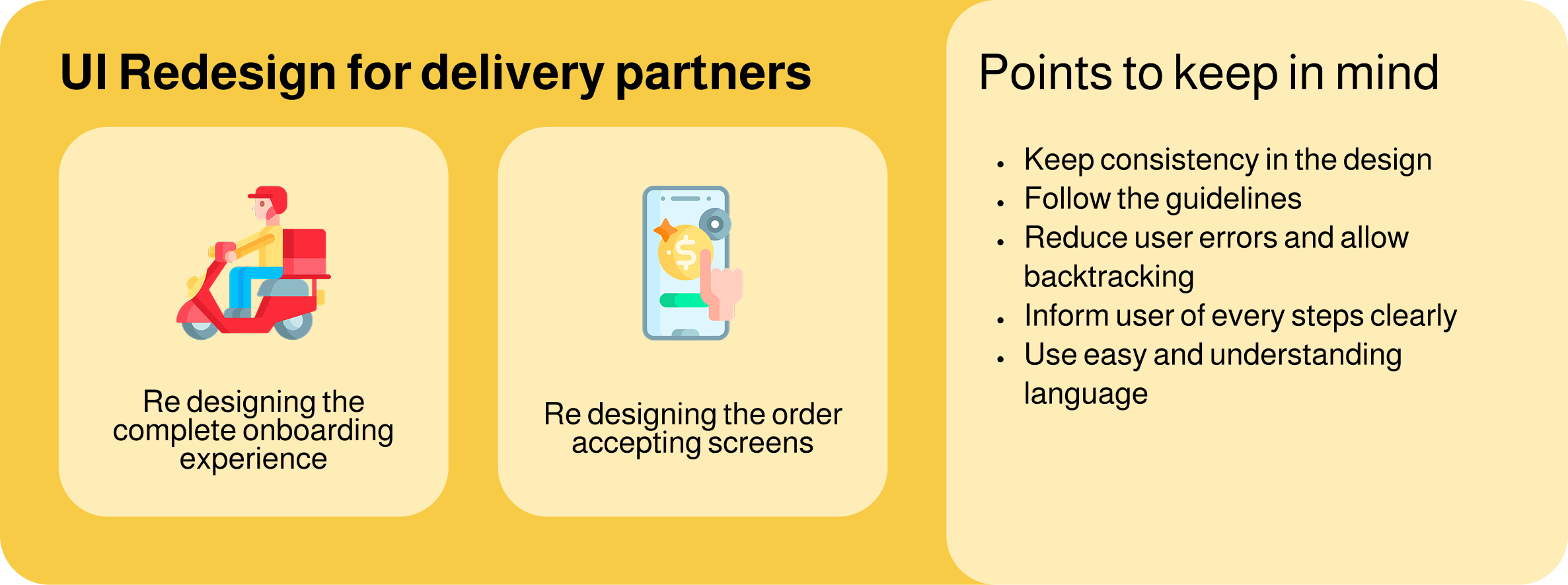
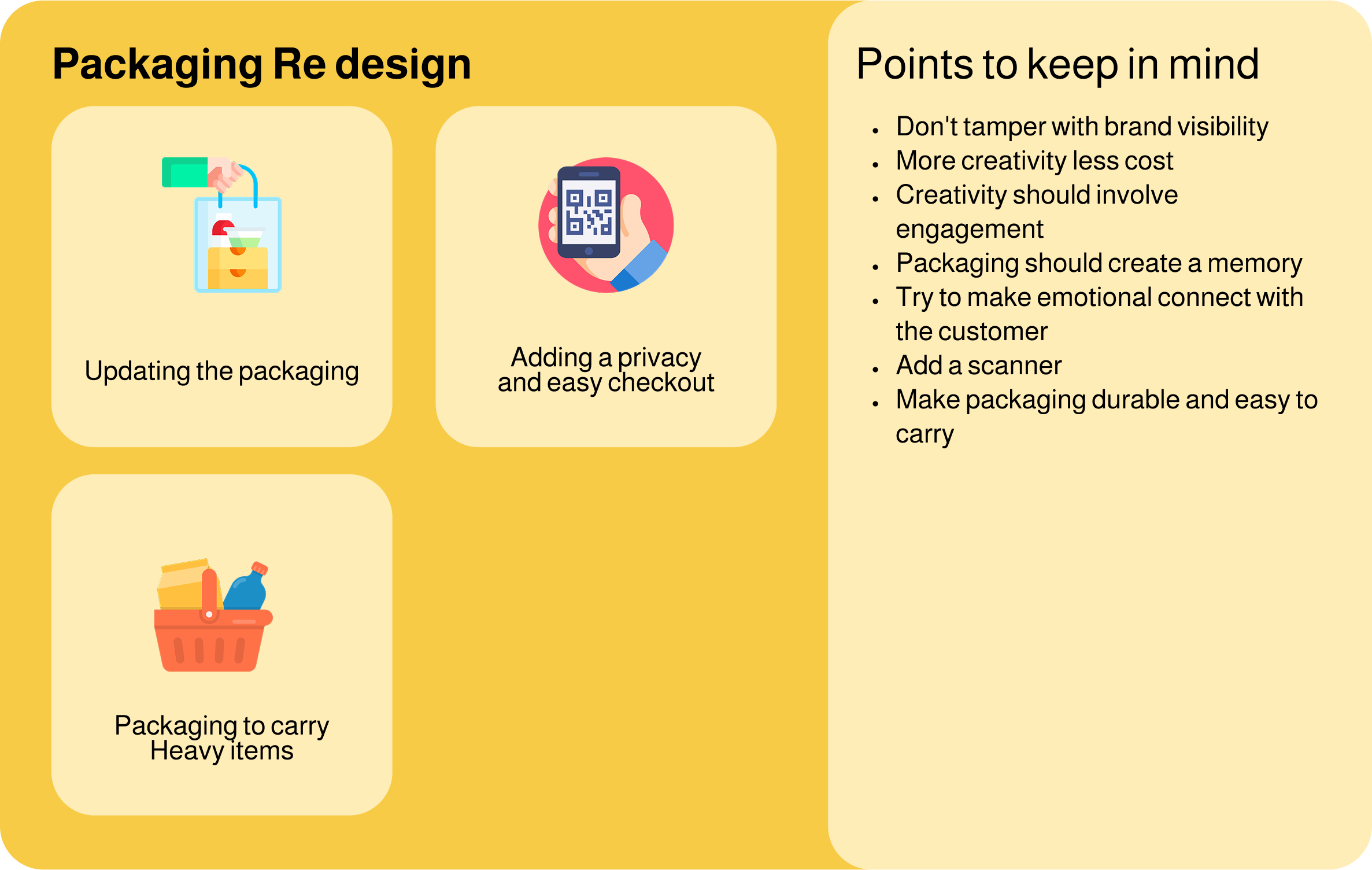
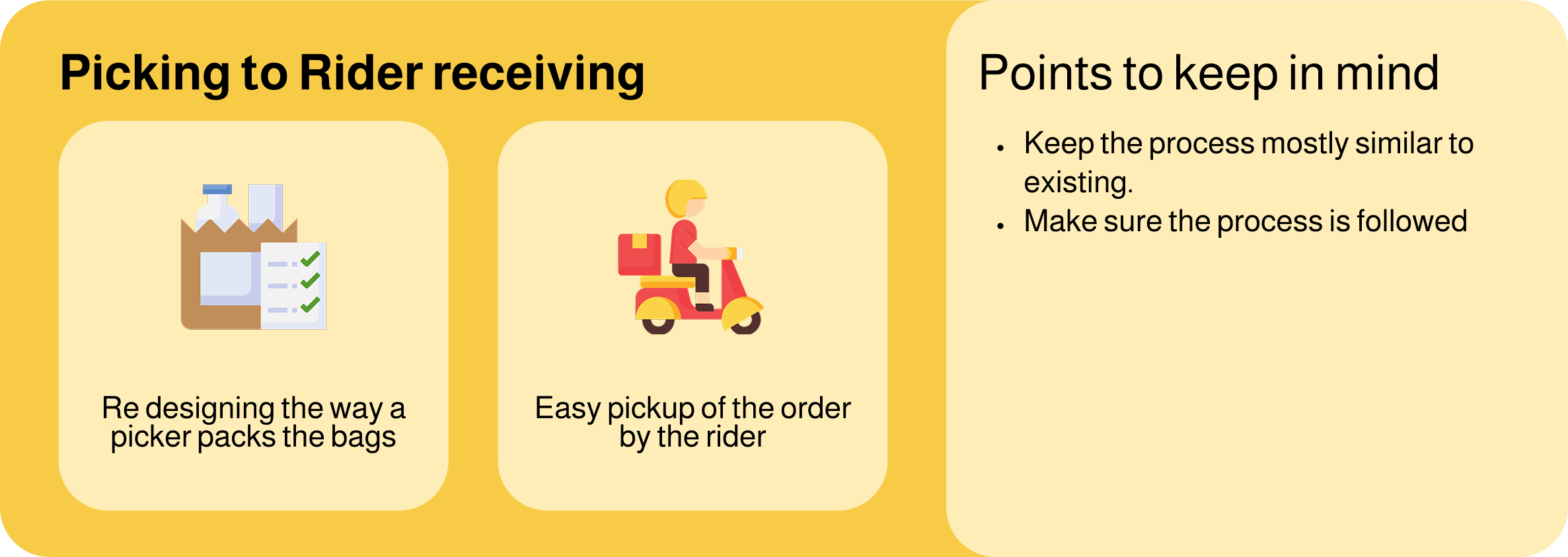
Blinkit Brand Guidelines
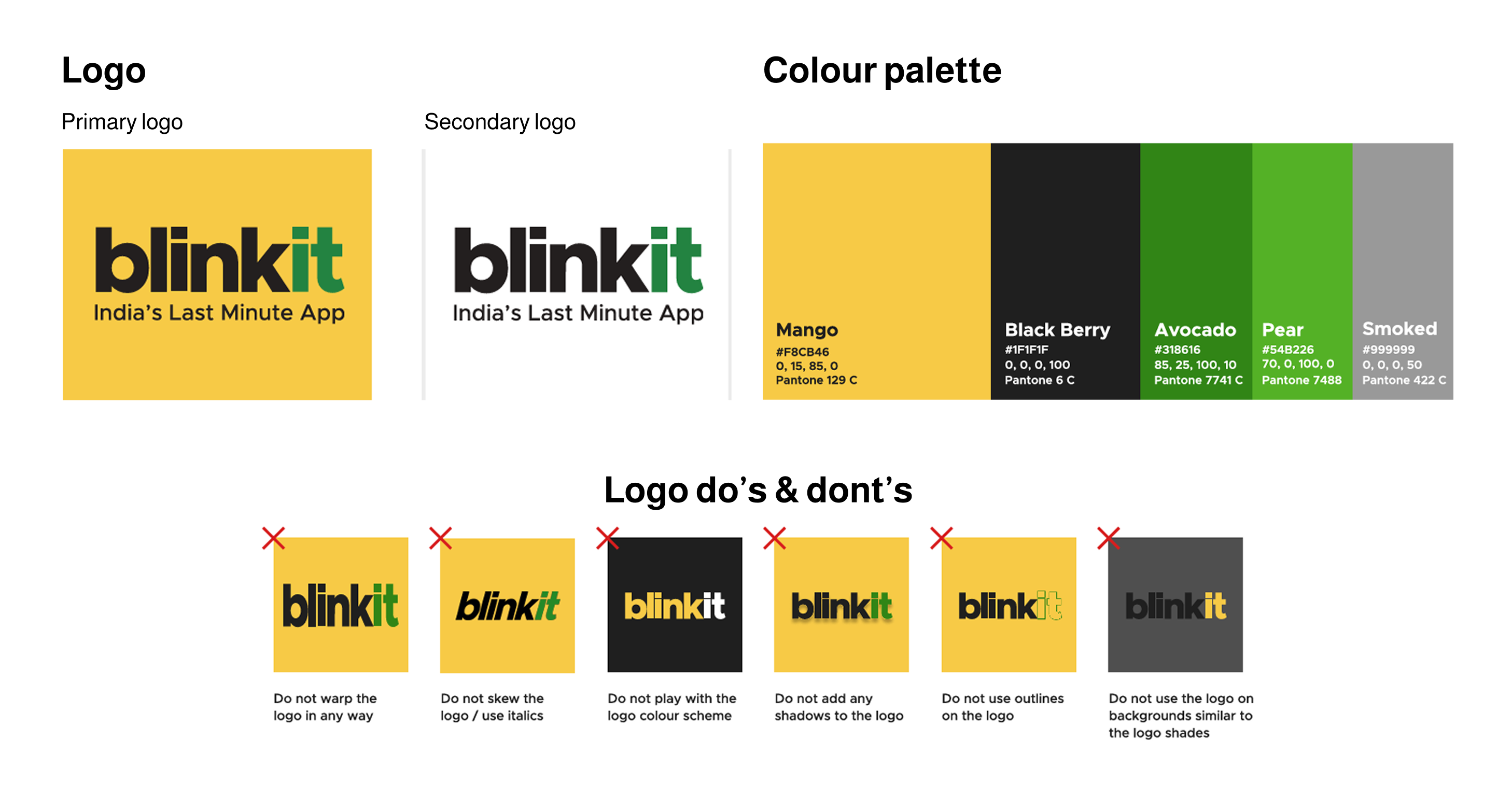
To know more check Blinkit Brand Guidelines.
MoSCoW Method
The MoSCoW method is used to prioritize requirements in project management and product development, particularly for UI/UX design, software development, and business processes. It categorizes requirements into four priority levels to ensure that essential features are delivered on time while managing stakeholder expectations.
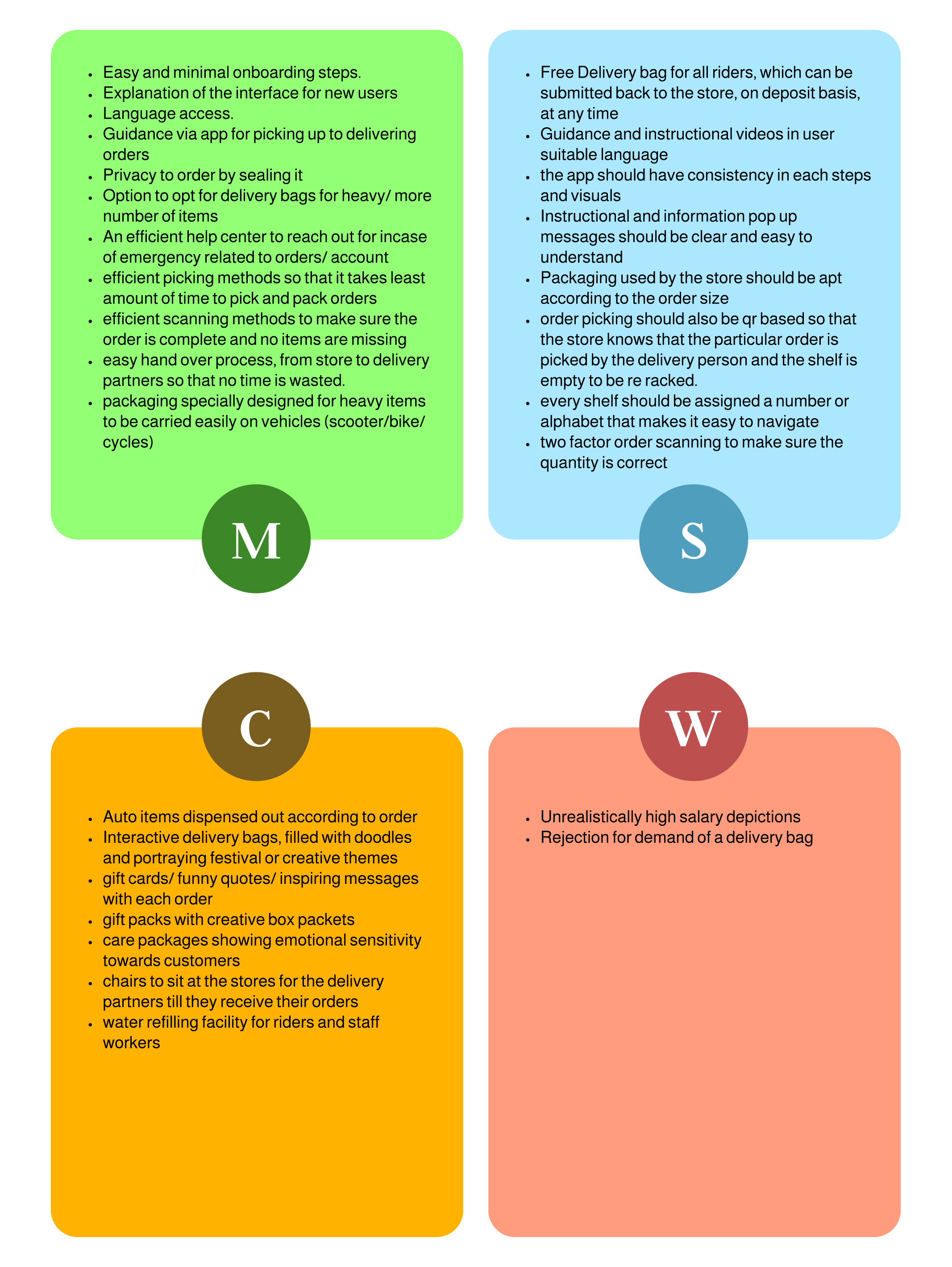
User Flow
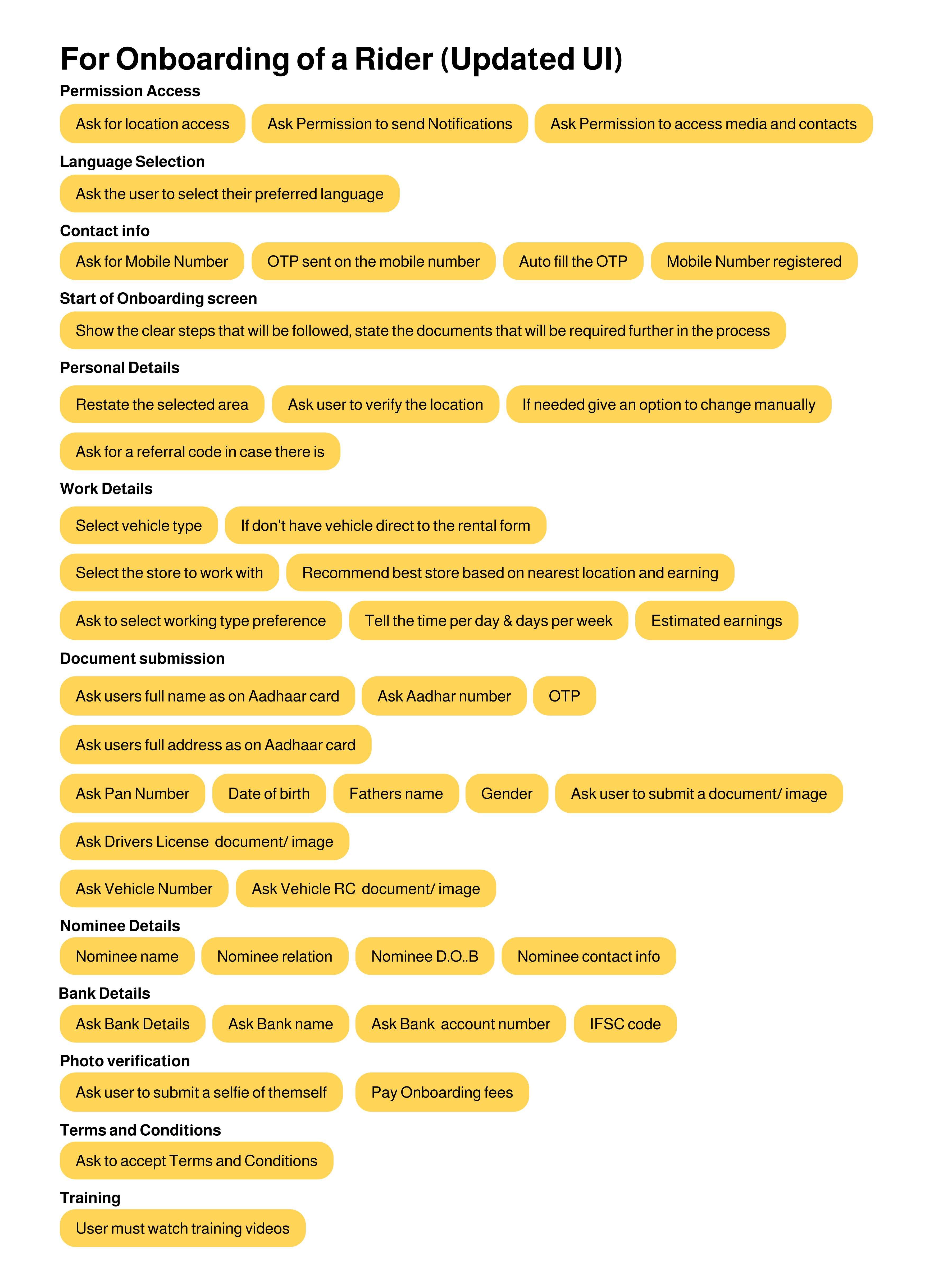
UI Screens for Rider Onboarding
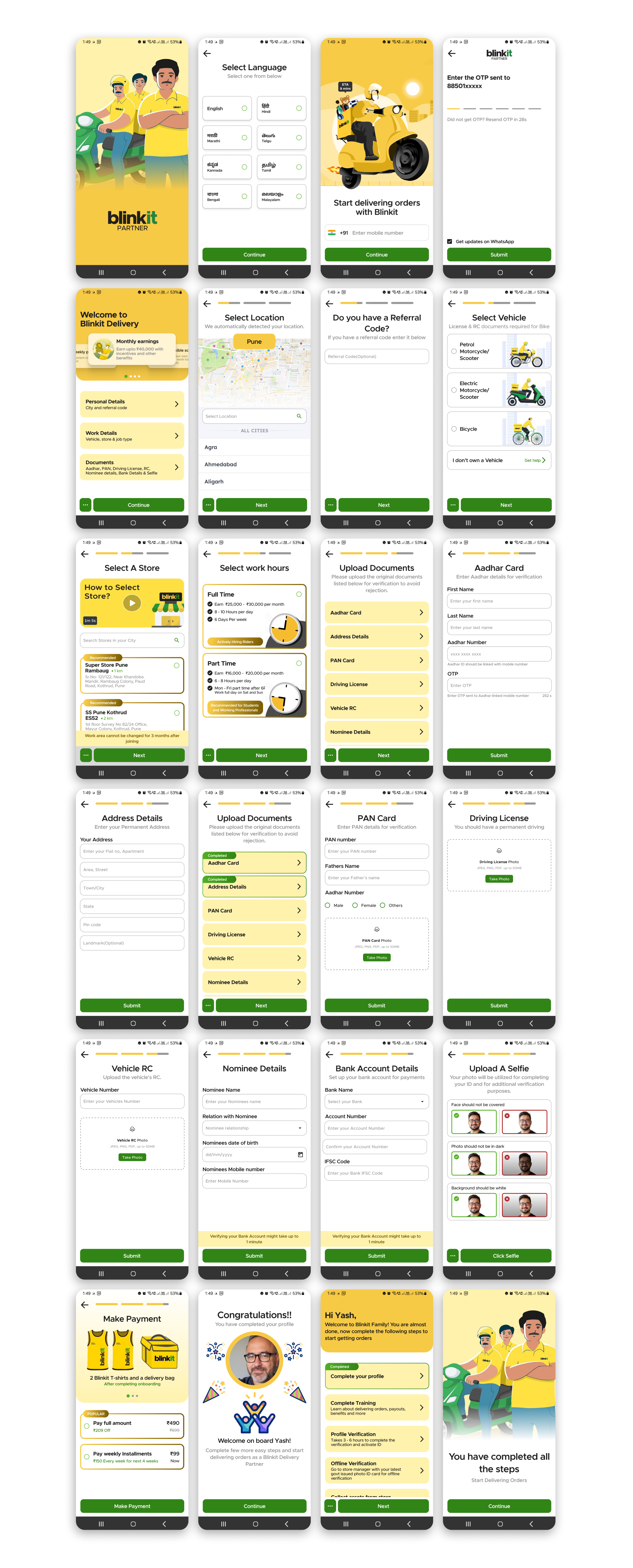
User Flow
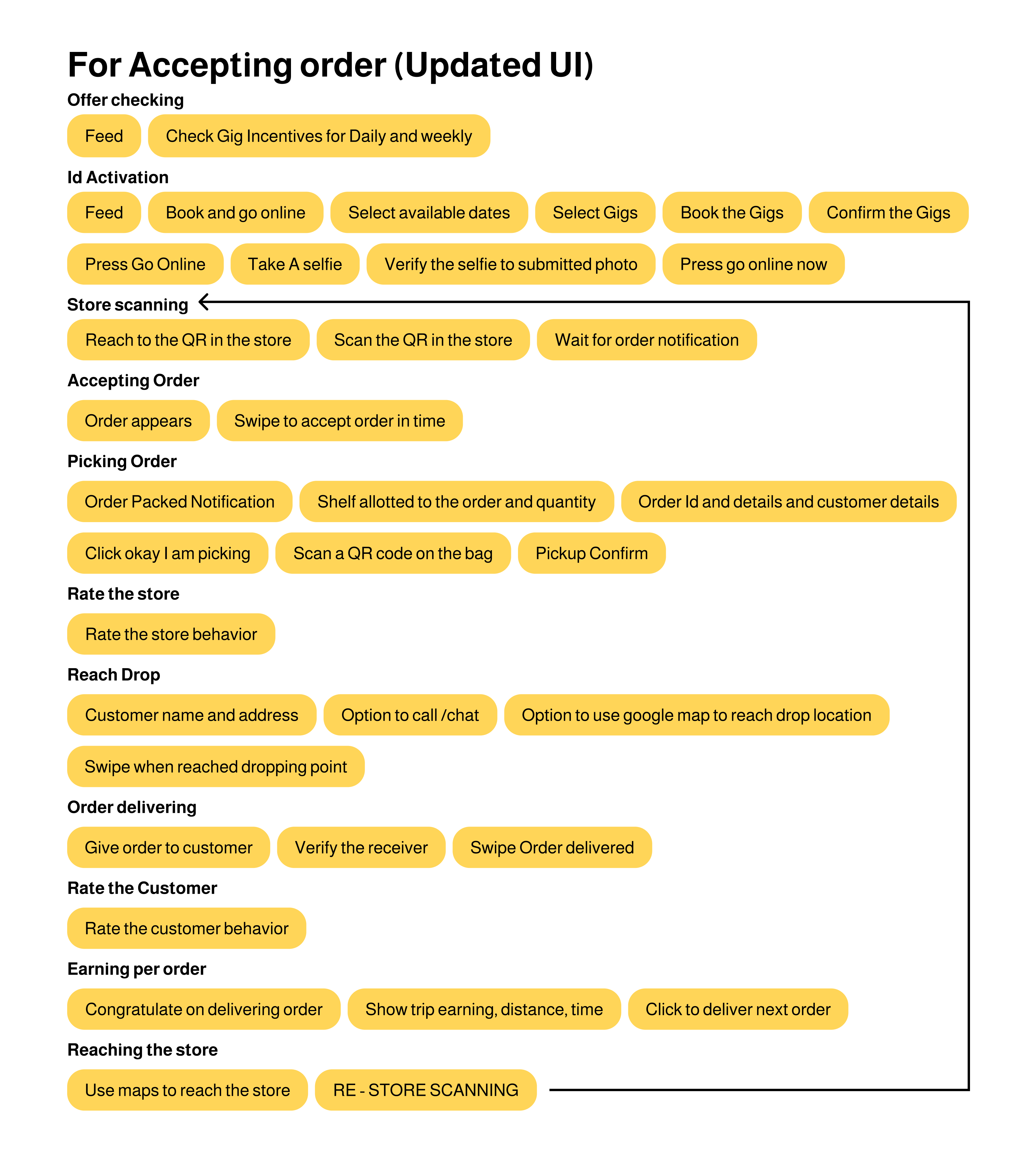
UI Screens for Accepting Orders
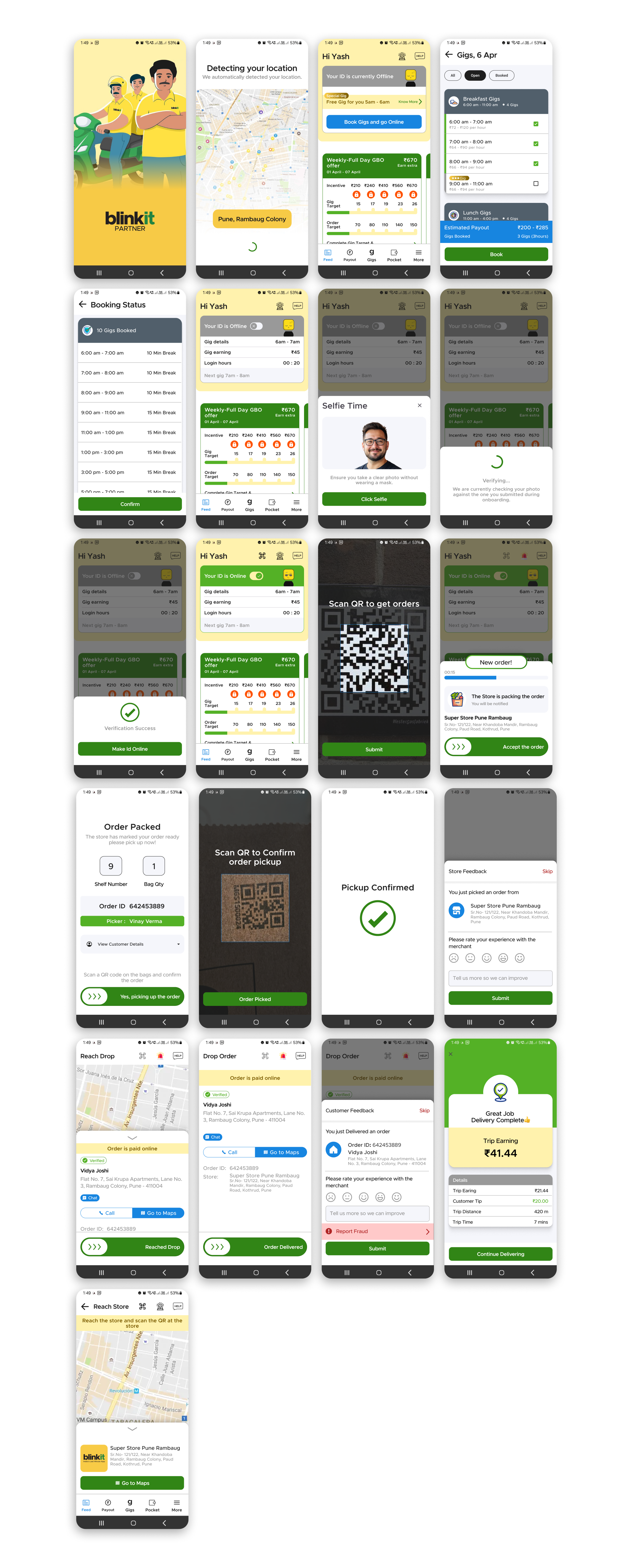
Introducing to the App
Upon opening the app for the first time, delivery partners should receive a comprehensive overview. This initial app tour will highlight the key features that are essential for them.
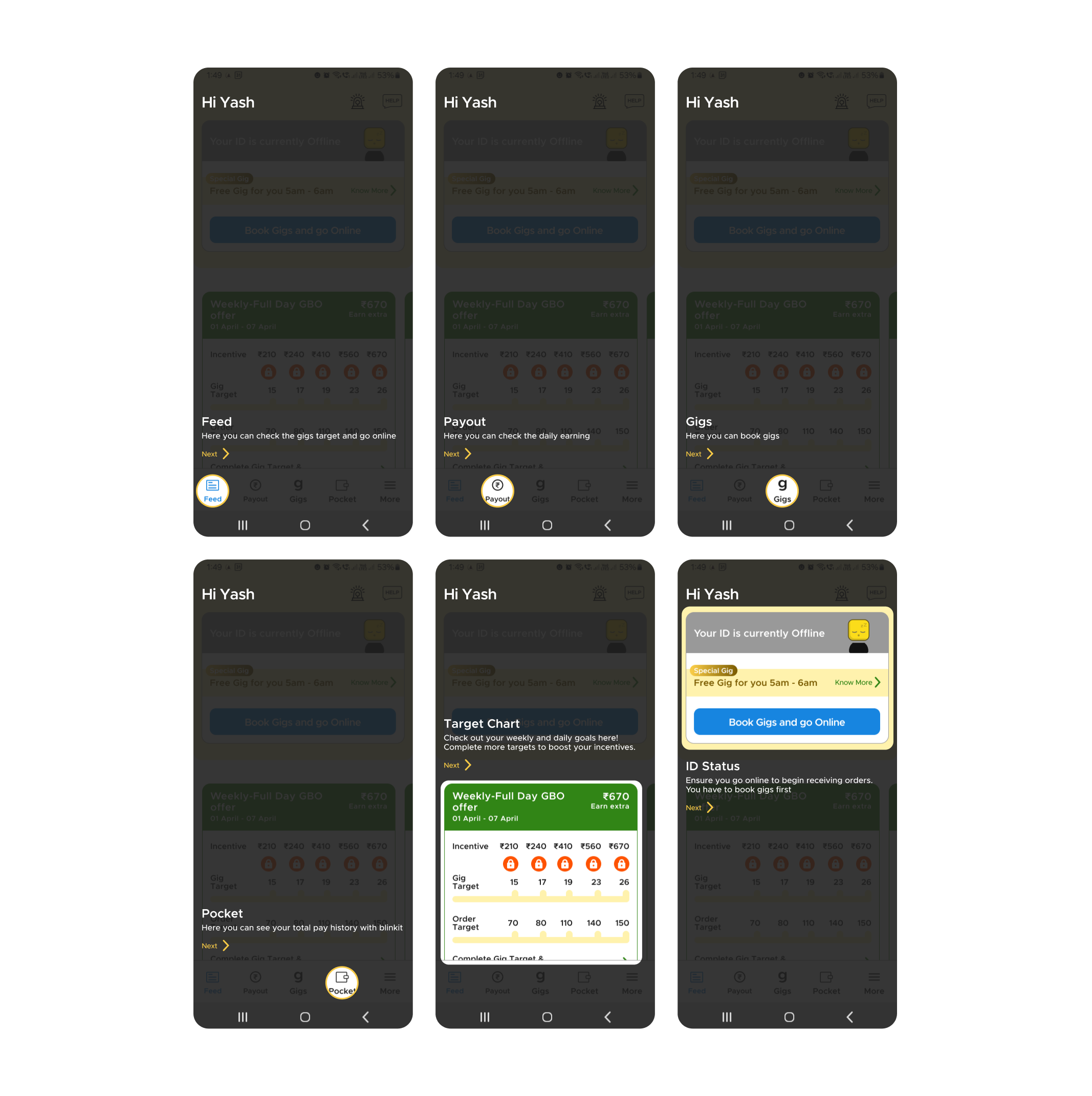
Packaging Updates
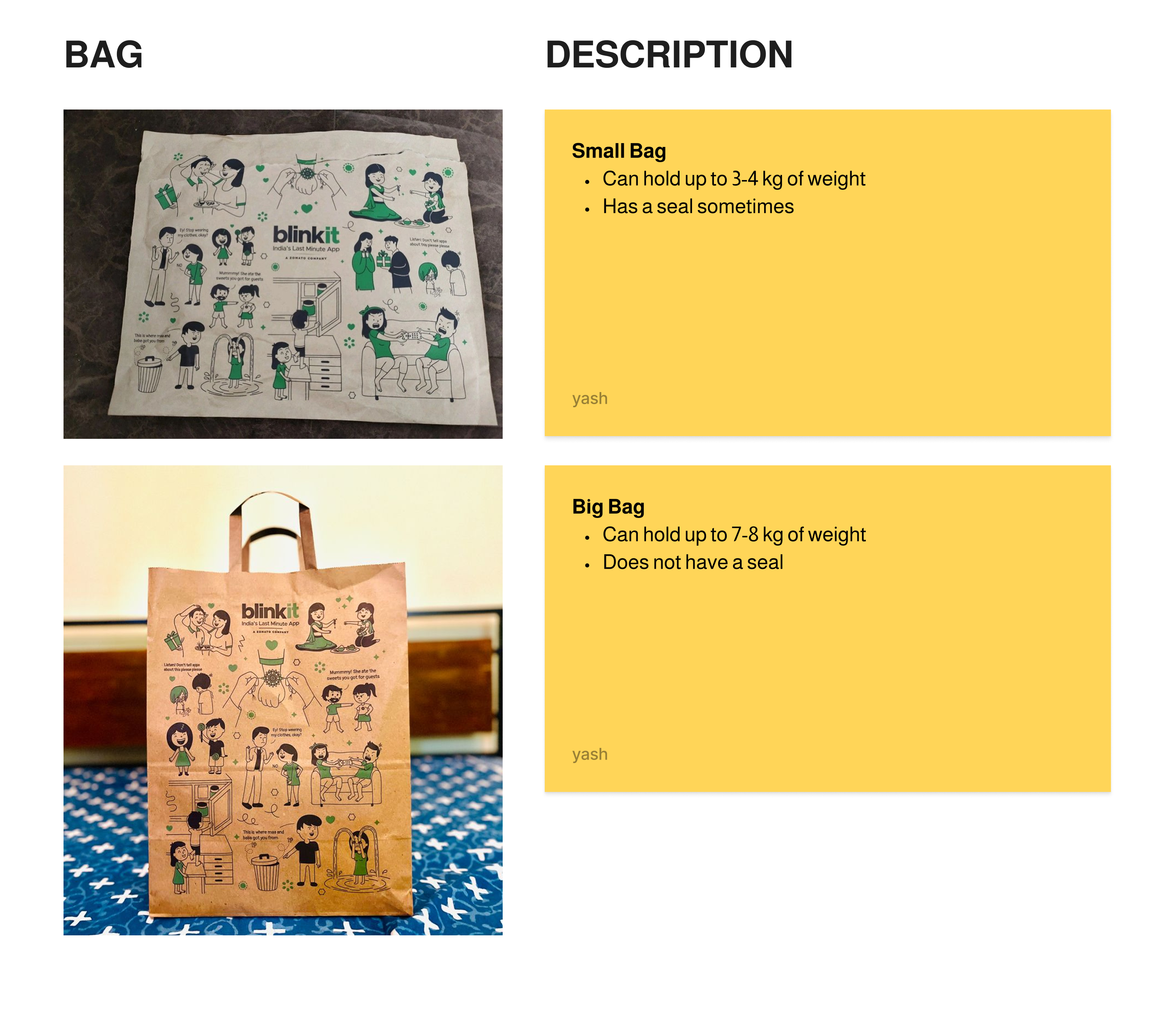



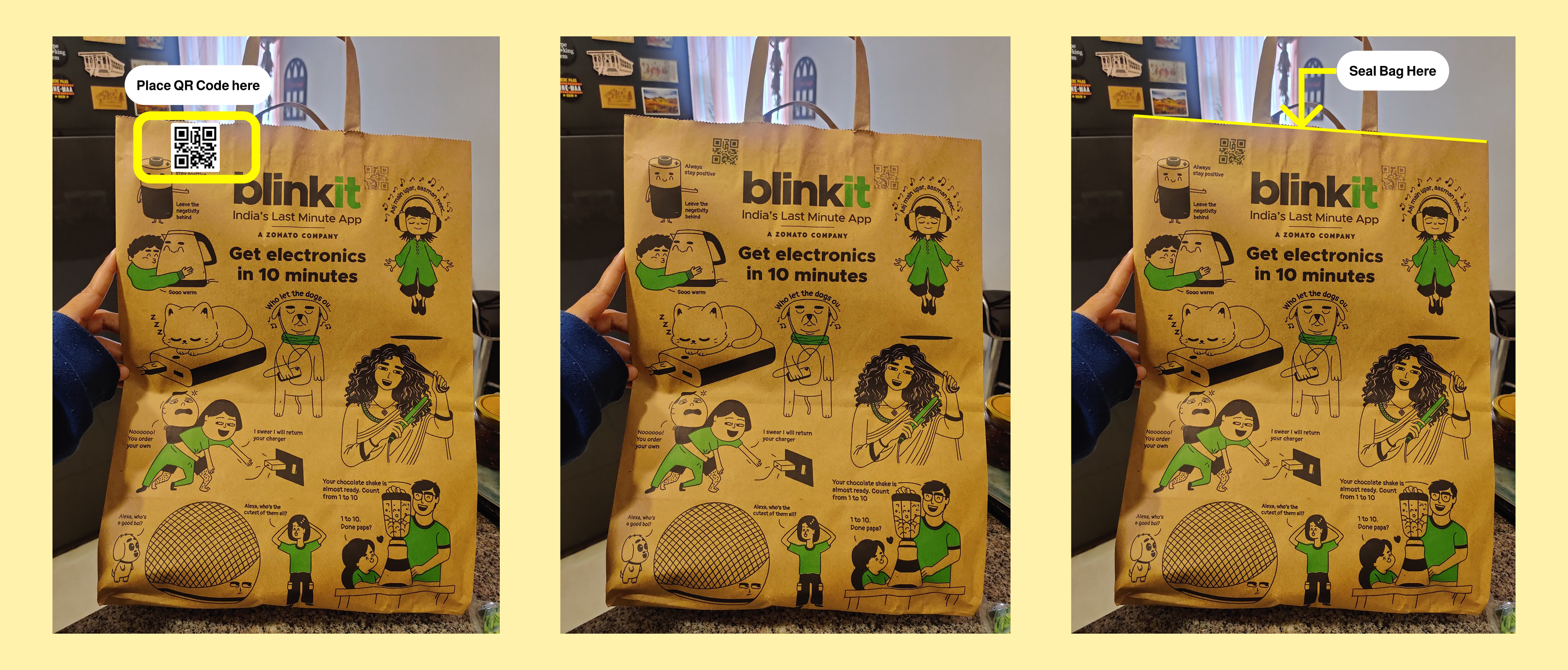
Pickers Process
About pickers picking process
Each picker follows a designated system that directs them to the exact location of items within the store. Once collected, all items are placed into a single paper bag. While the target is a 10-minute delivery, the process can sometimes extend to 15 minutes or longer. During this time, items may be wet, cold, or have sharp edges, increasing the risk of the bag tearing. Such tears can negatively impact the user experience, leading to dissatisfaction and potential complaints.
Solving this problem
- Item Scanning: Each item is scanned during checkout.
- Categorization: Items are classified by storage type (cold, dry, wet) and net weight.
- QR Code Assignment: Every bag is assigned a unique QR code for identification.
- Bag Size Instructions: Pickers receive instructions on using large, small, or multiple bags based on item specifications.
- Automatic Sorting: The system sorts items to ensure weight-appropriate bagging.
- Sealing Assurance: Bags are sealed only after verifying they can safely handle their contents.

Riders Process
About riders receiving process
When a rider arrives at the store, they scan a constantly updating QR code to check in. They then receive a notification once their order is ready and proceed to the counter to collect it, often amidst a crowd of other riders. In some cases, riders may need to call out the name of the person preparing their order for identification. Once the picker completes packing, the rider may be required to verify the items in the bag. However, issues can arise if the bag provided is insufficiently sized, and the picker declines to offer an additional bag, potentially causing inconvenience.
Solving this problem
- Bag Details: The rider receives information on the quantity of bags and their respective shelf numbers.
- Secure Sealing: Each bag is securely sealed for protection.
- QR Code Assignment: Every bag is assigned a unique QR code for identification.
- Scanning Requirement: The rider must scan the QR codes on all bags to finalize the picking process.
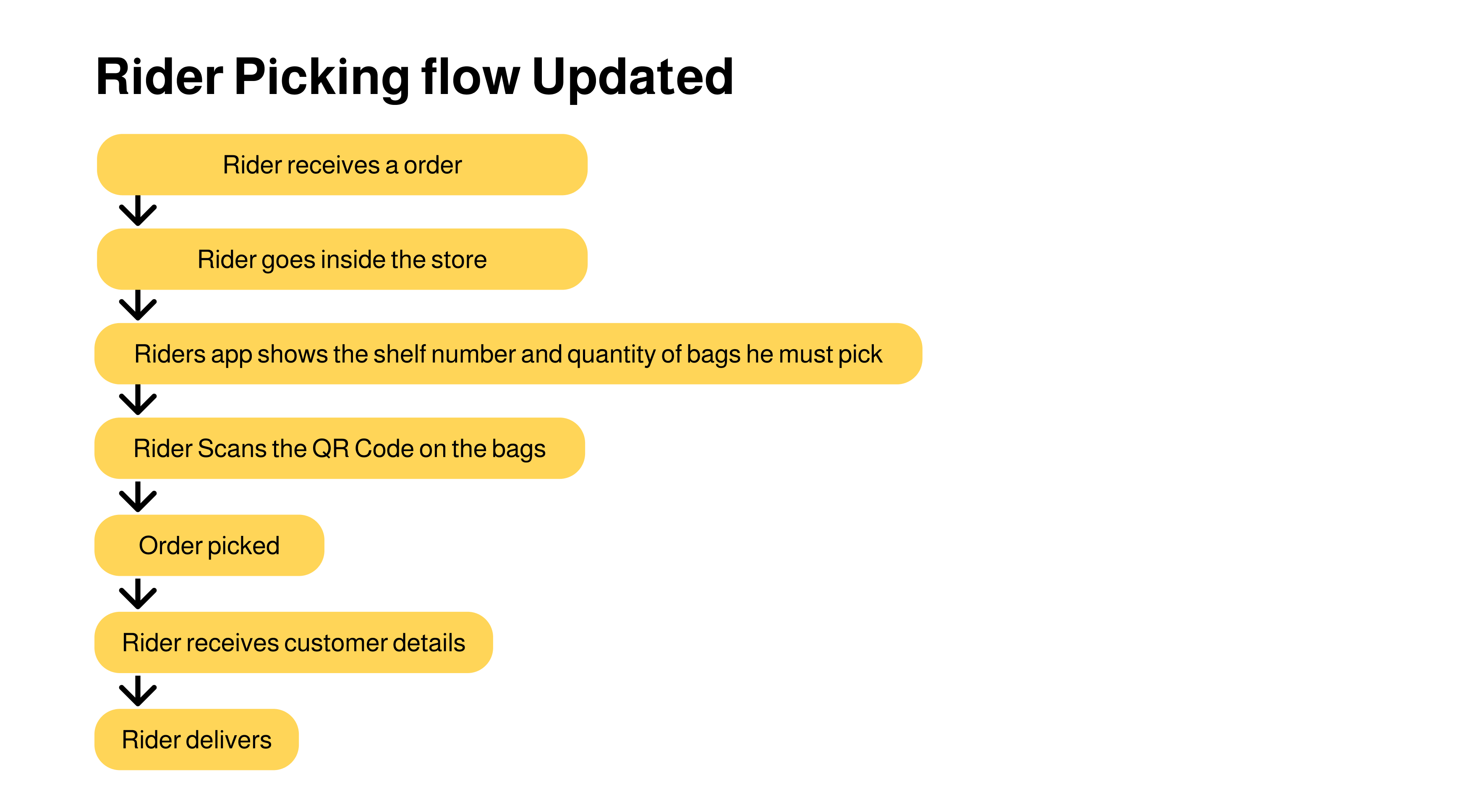
Conclusion
Understanding through the project
Blinkit operates on a gig-based work model that many others are now trying to adopt. It employs a straightforward approach to order picking, making it less reliant on complex technology. Safety is a top priority for Blinkit, which is why it requests rider selfies at any time, including when they first go online. While Blinkit showcases creative packaging, there's room for improvement by incorporating more interactive media to engage users. Despite its smart delivery methods, I believe that implementing a few changes could lead to a significant improvement.
My Experience Doing this project
During this project, I had the opportunity to experience the life of a Blinkit delivery partner. I watched numerous videos and read various articles and reviews, which made this a valuable learning experience. I delved into the financial aspects of quick commerce delivery partners and explored the onboarding process and initial stages of their work. It was eye-opening to understand the dedication they put in so that we can enjoy the convenience of 10-minute deliveries from the comfort of our homes.


